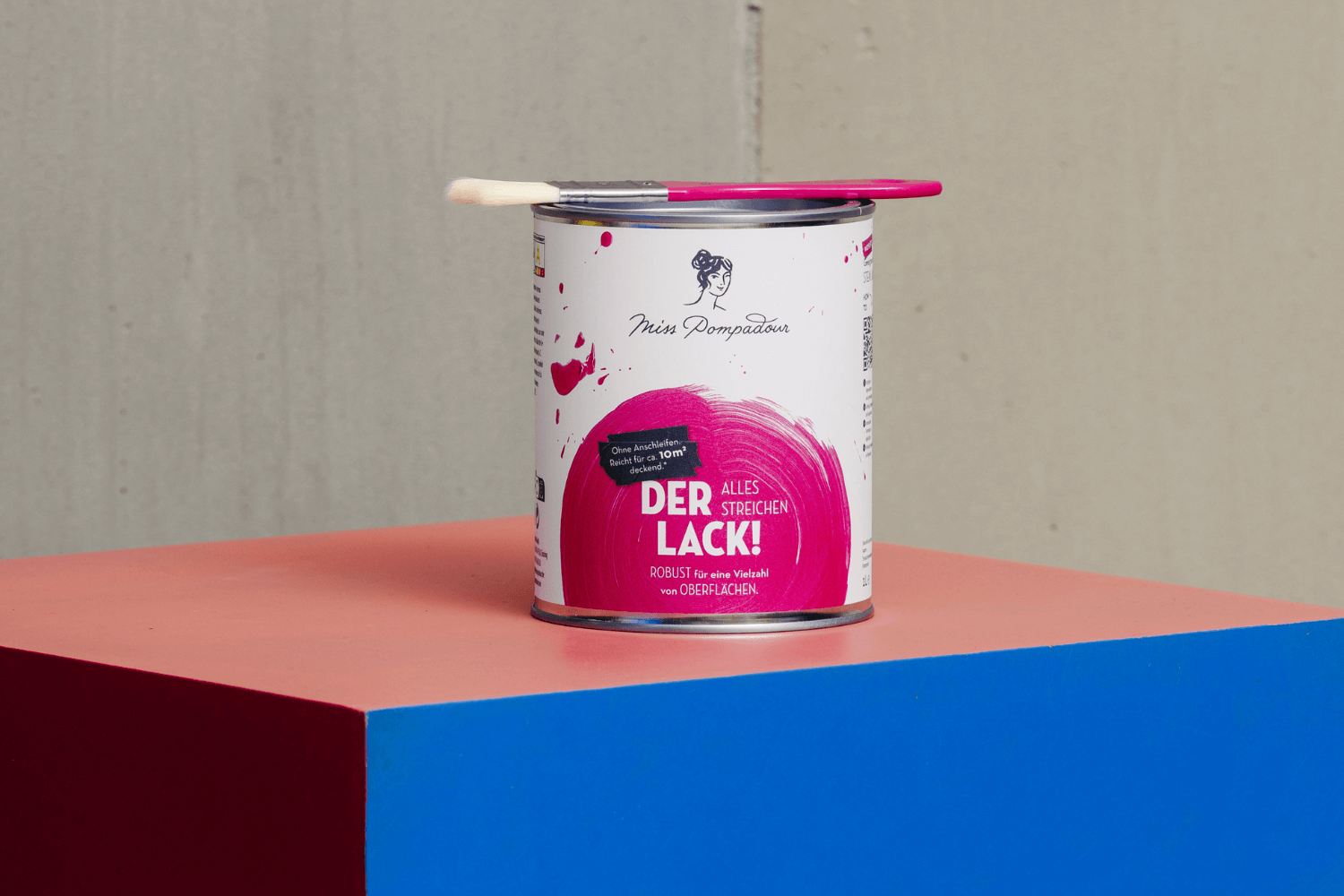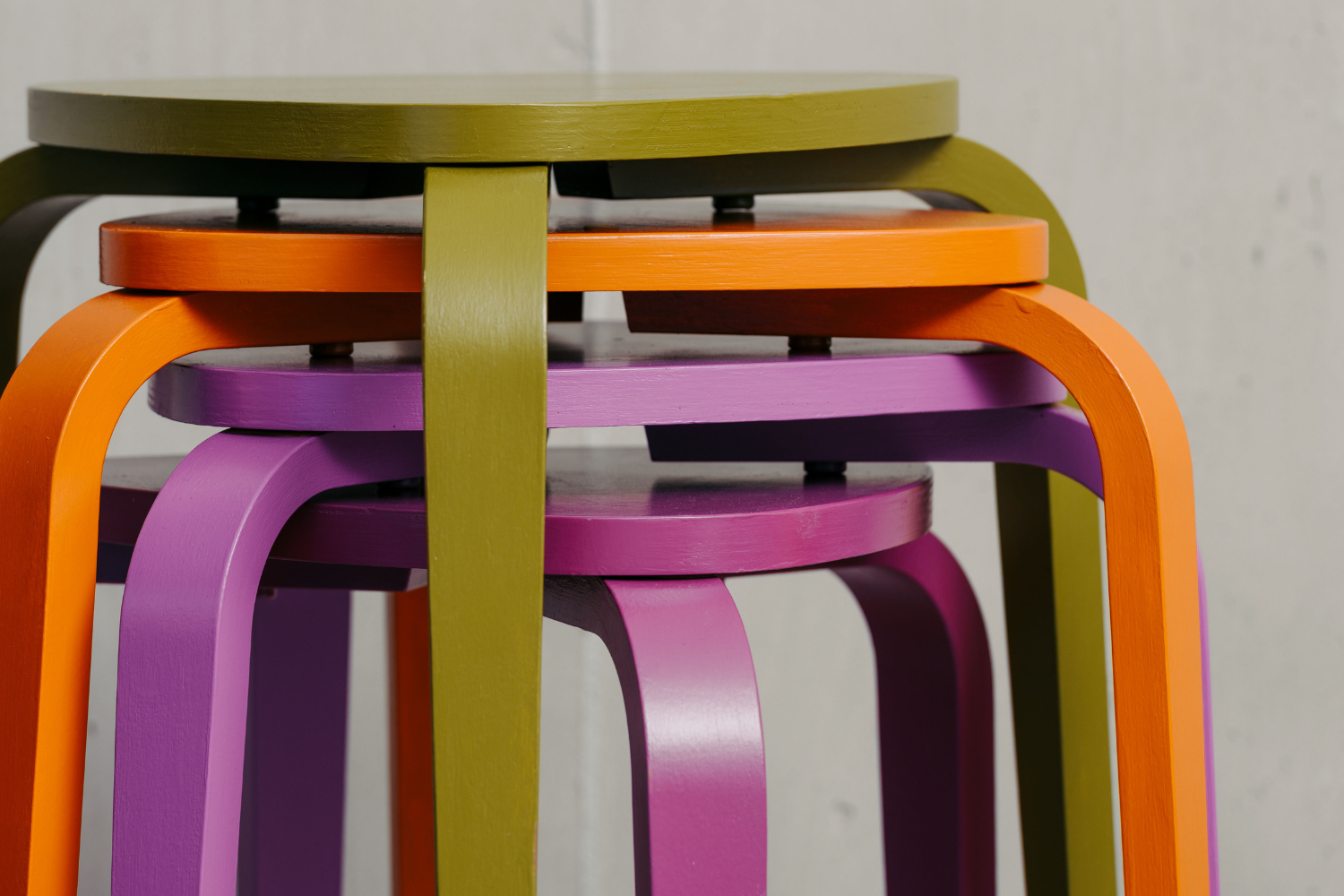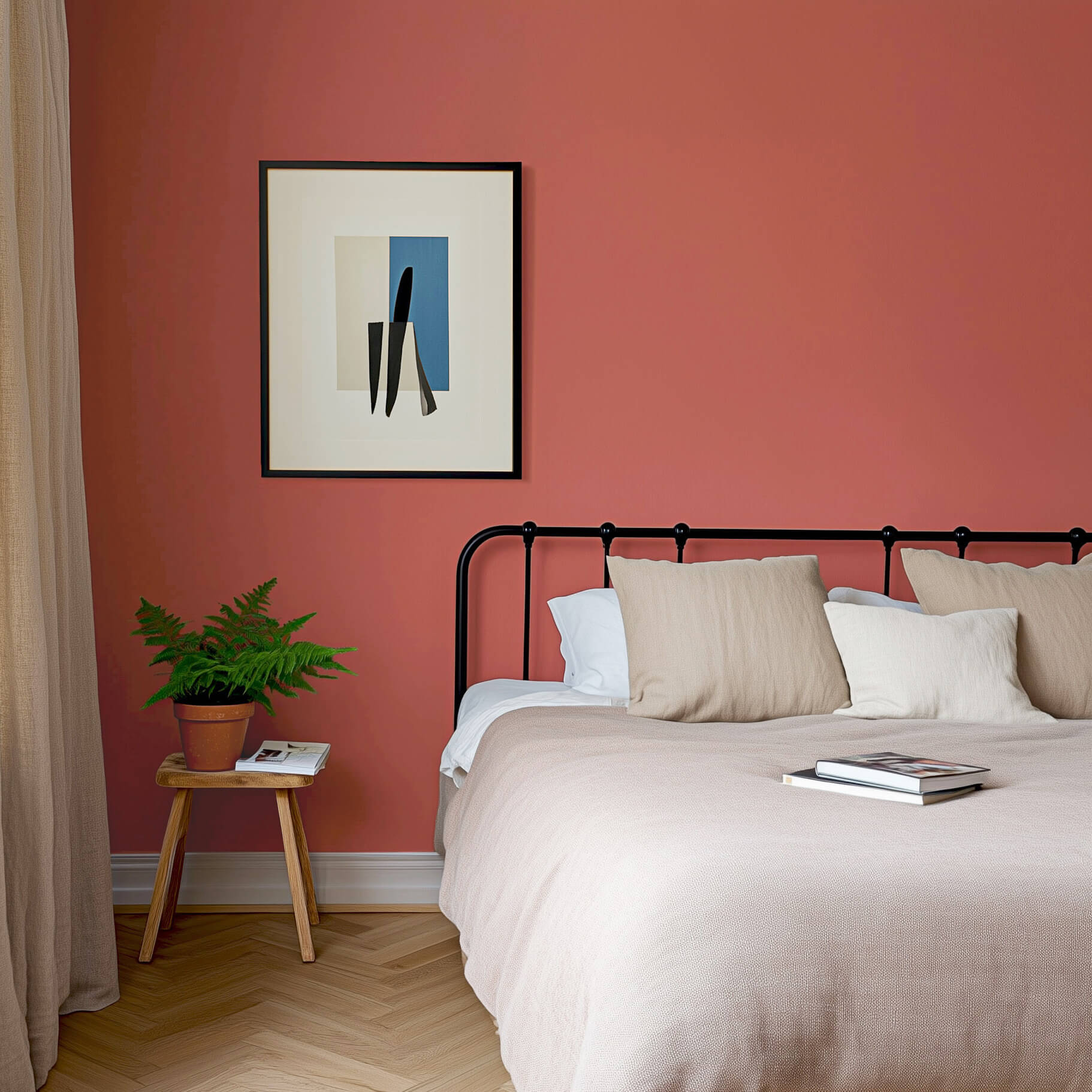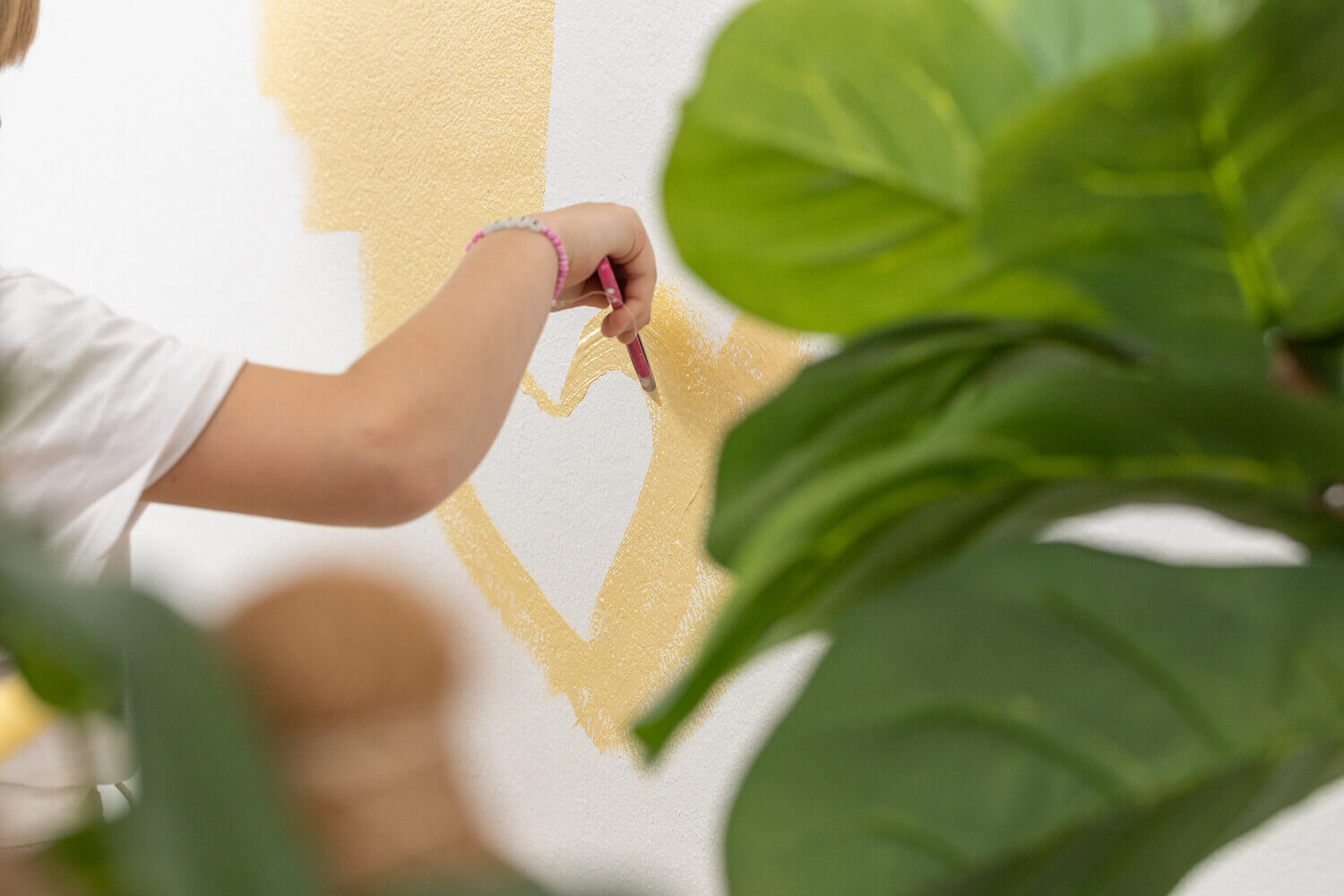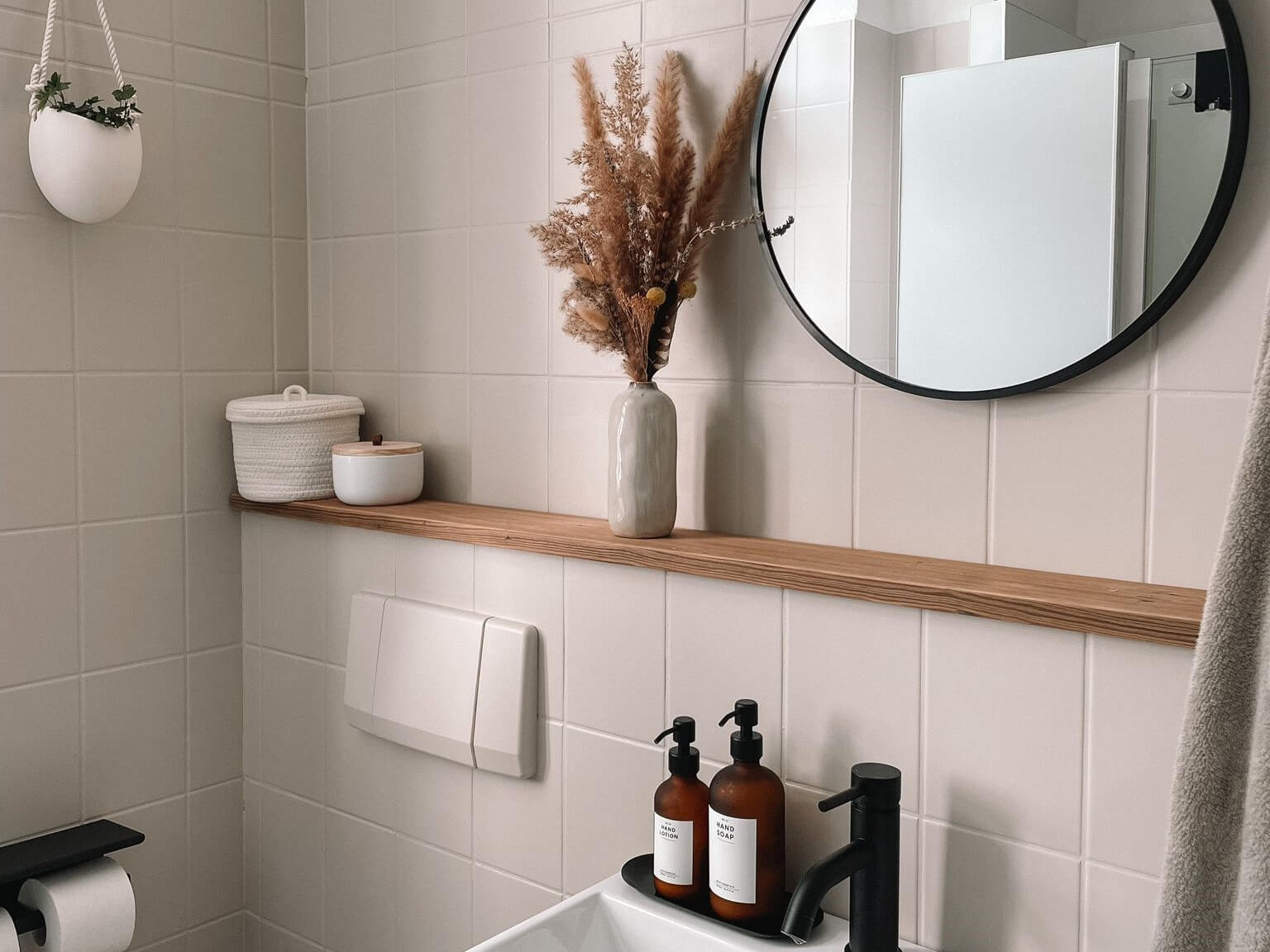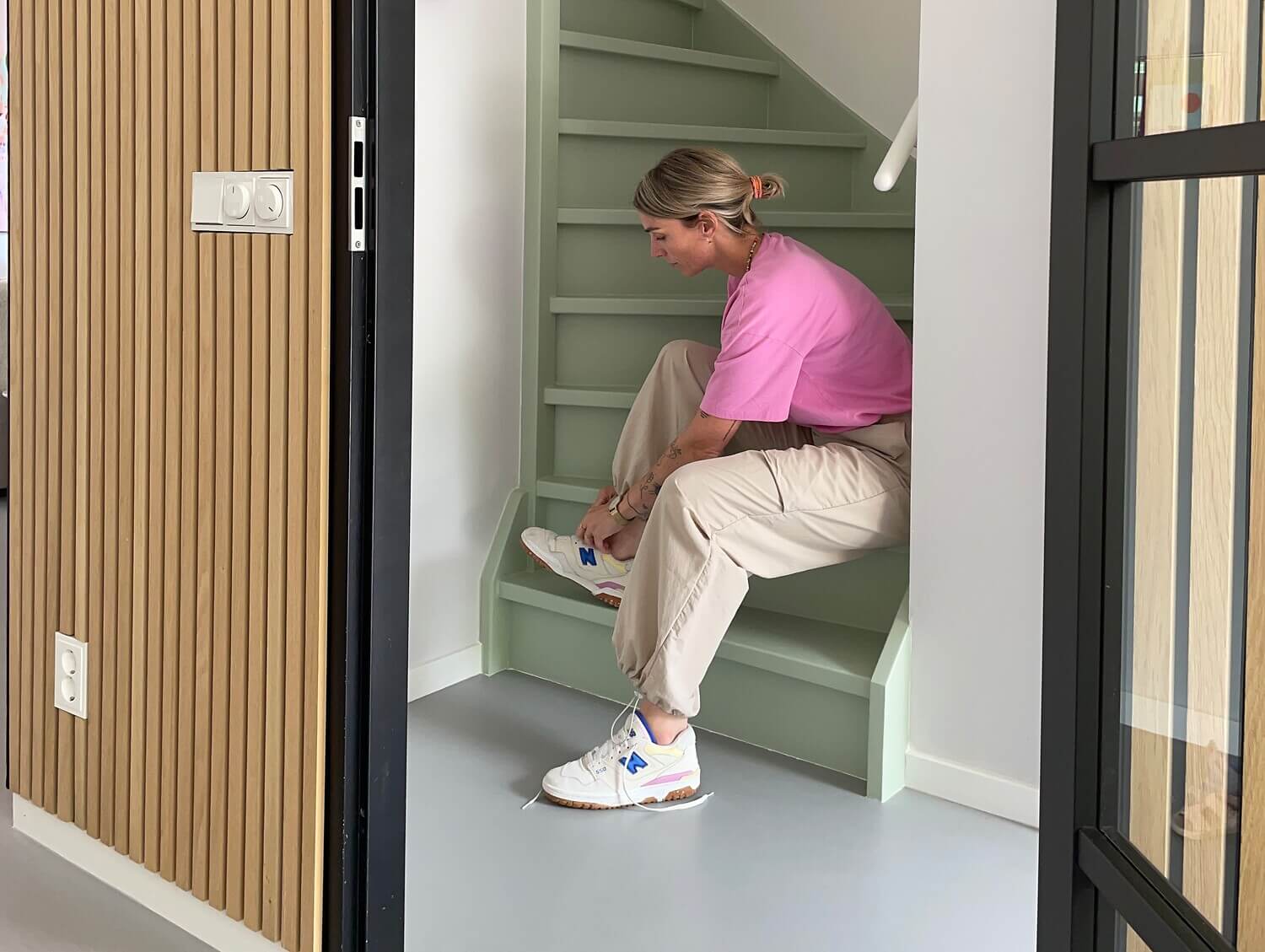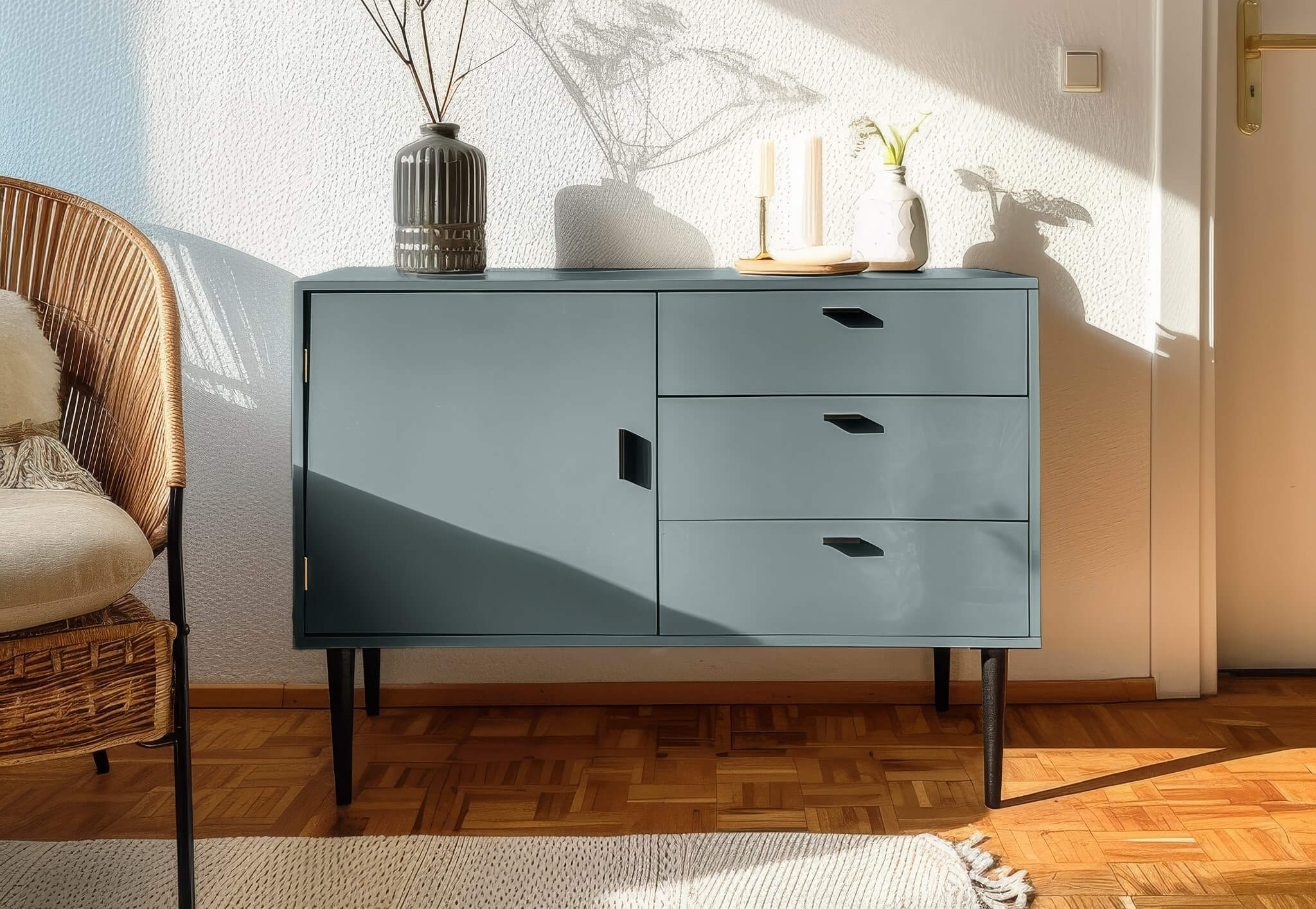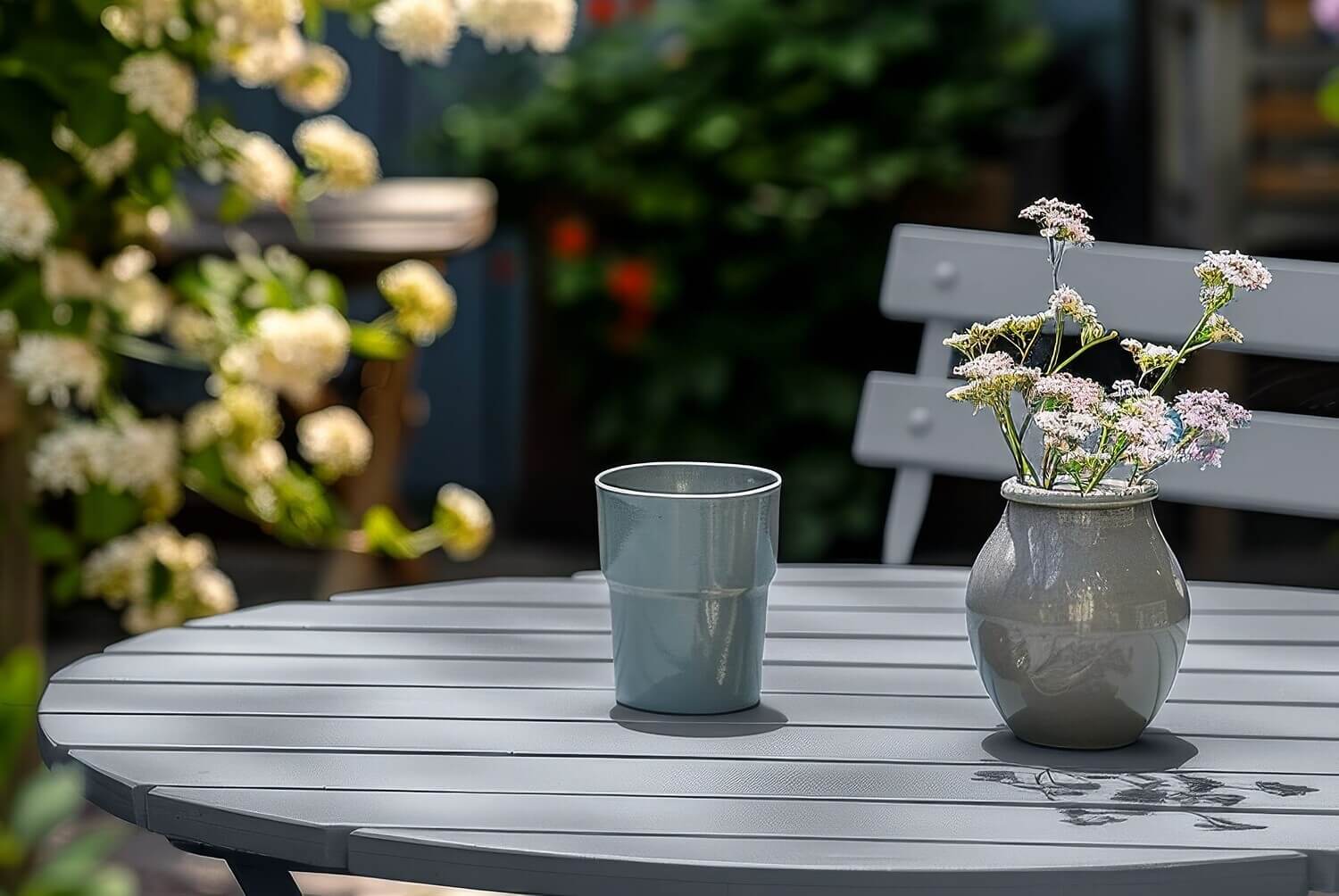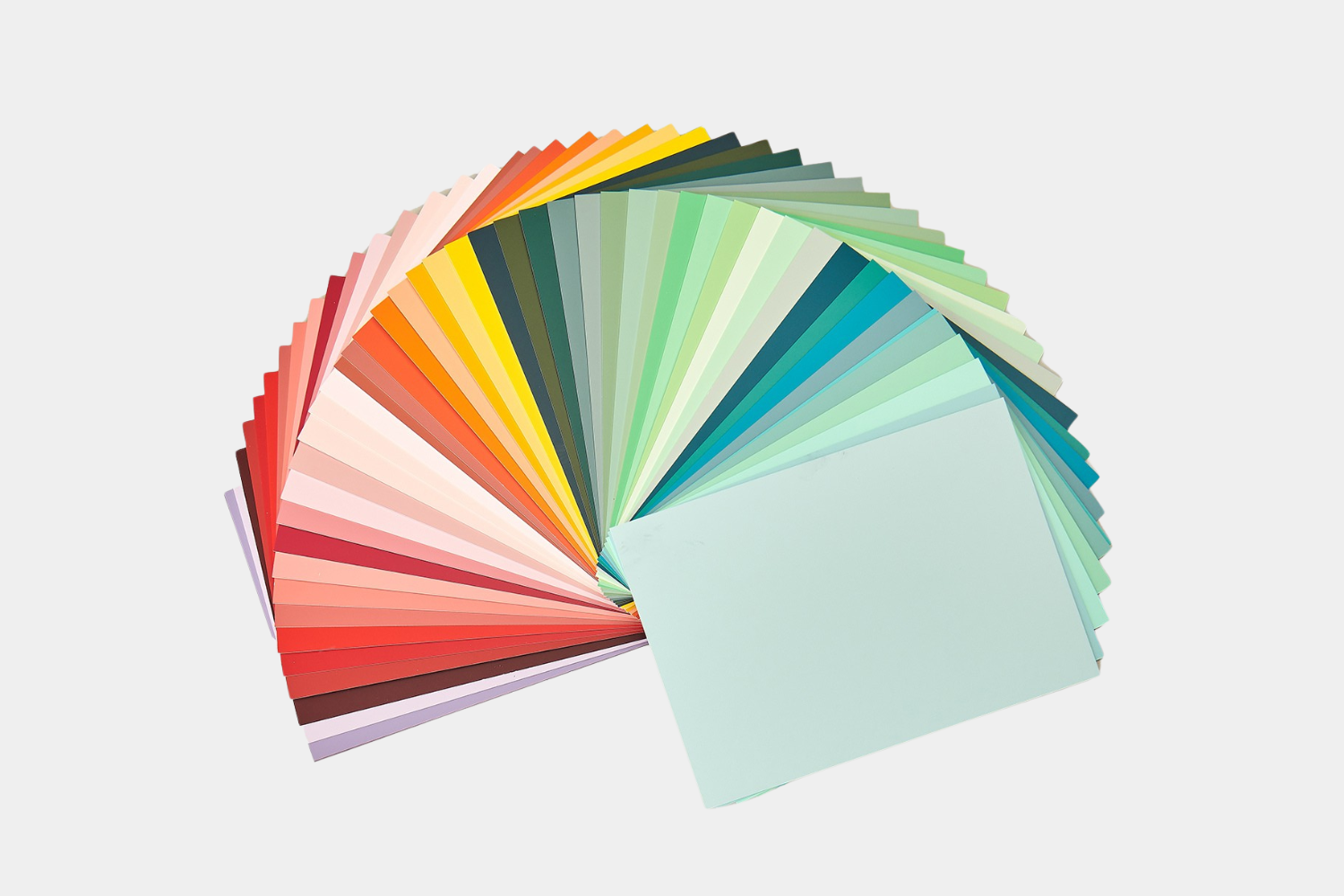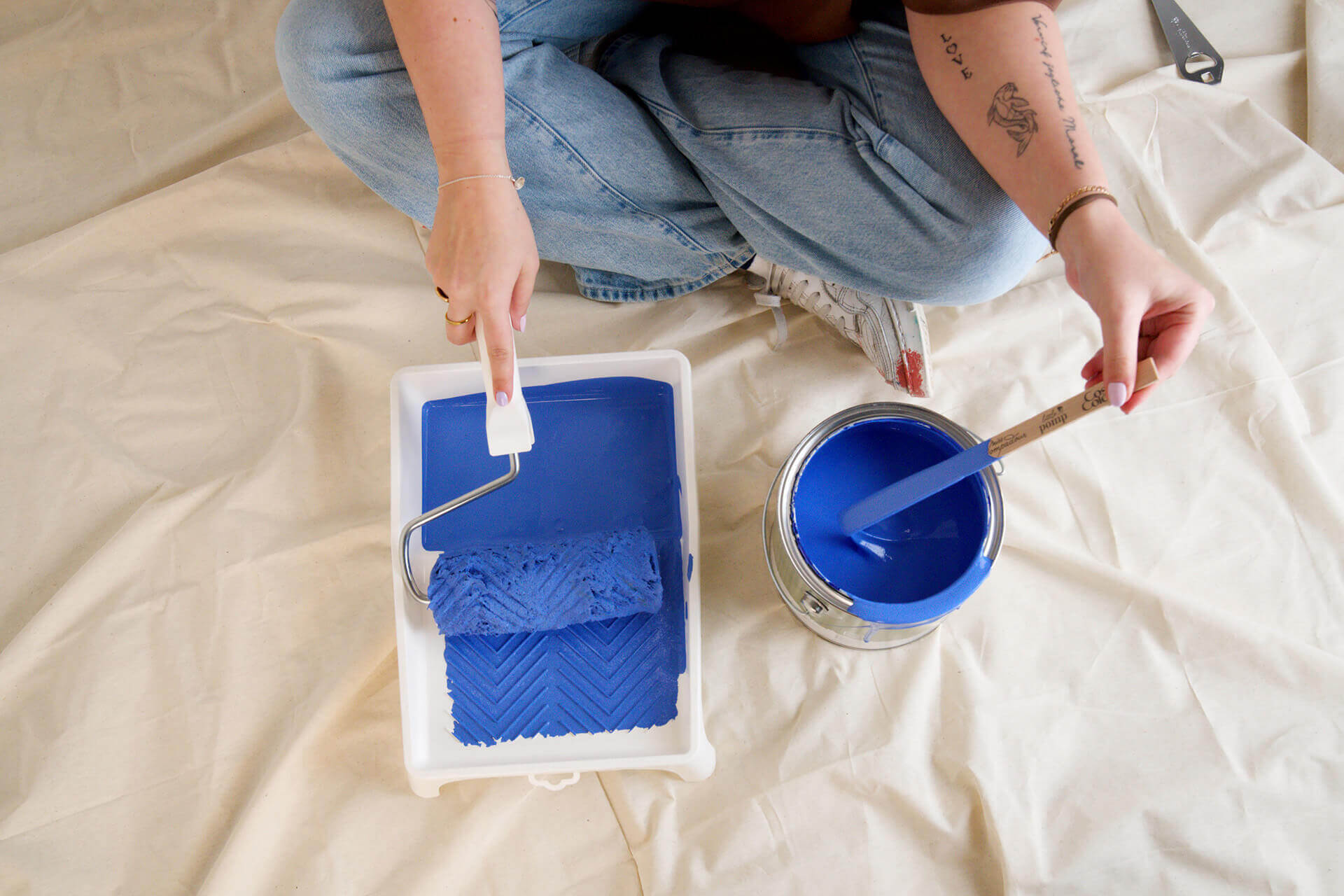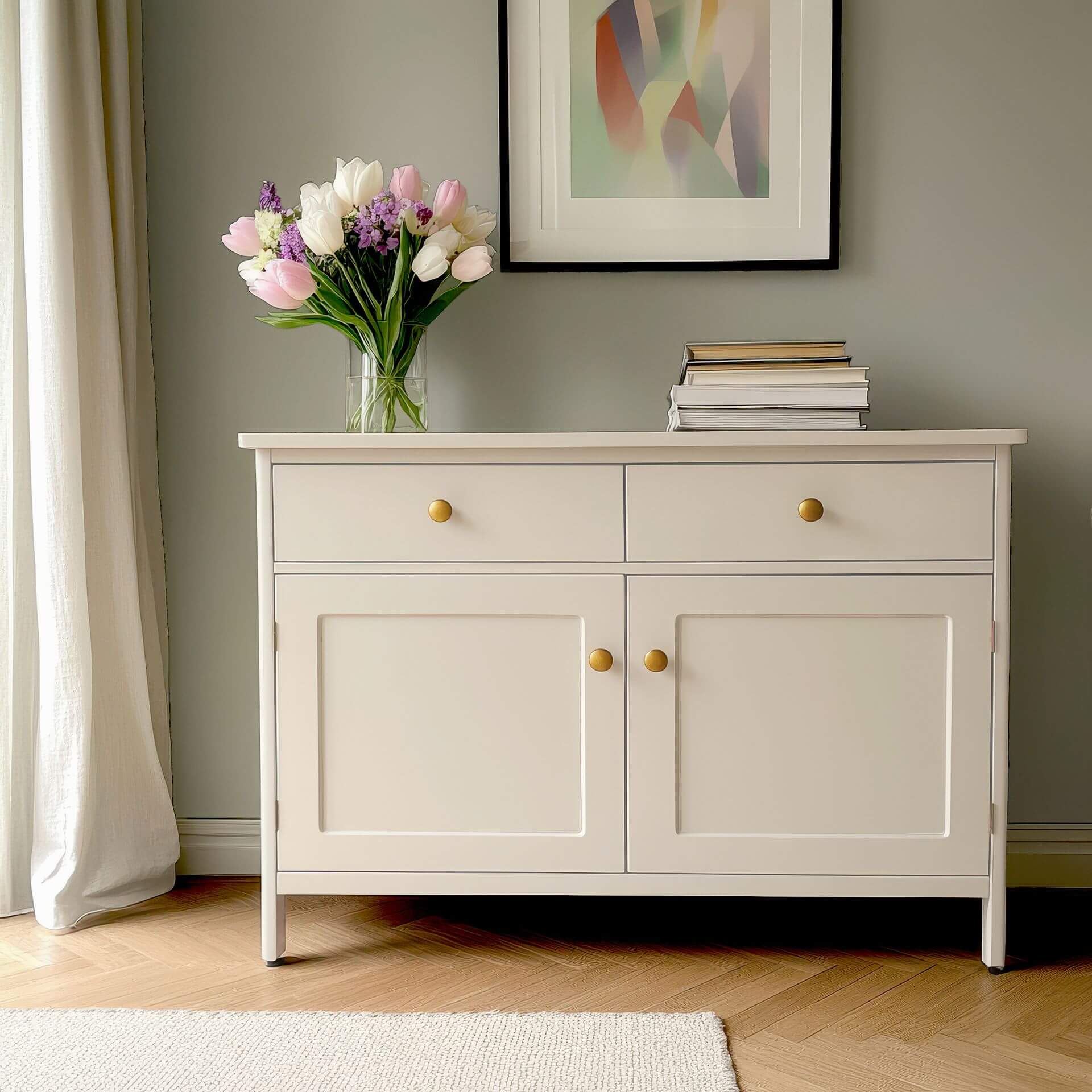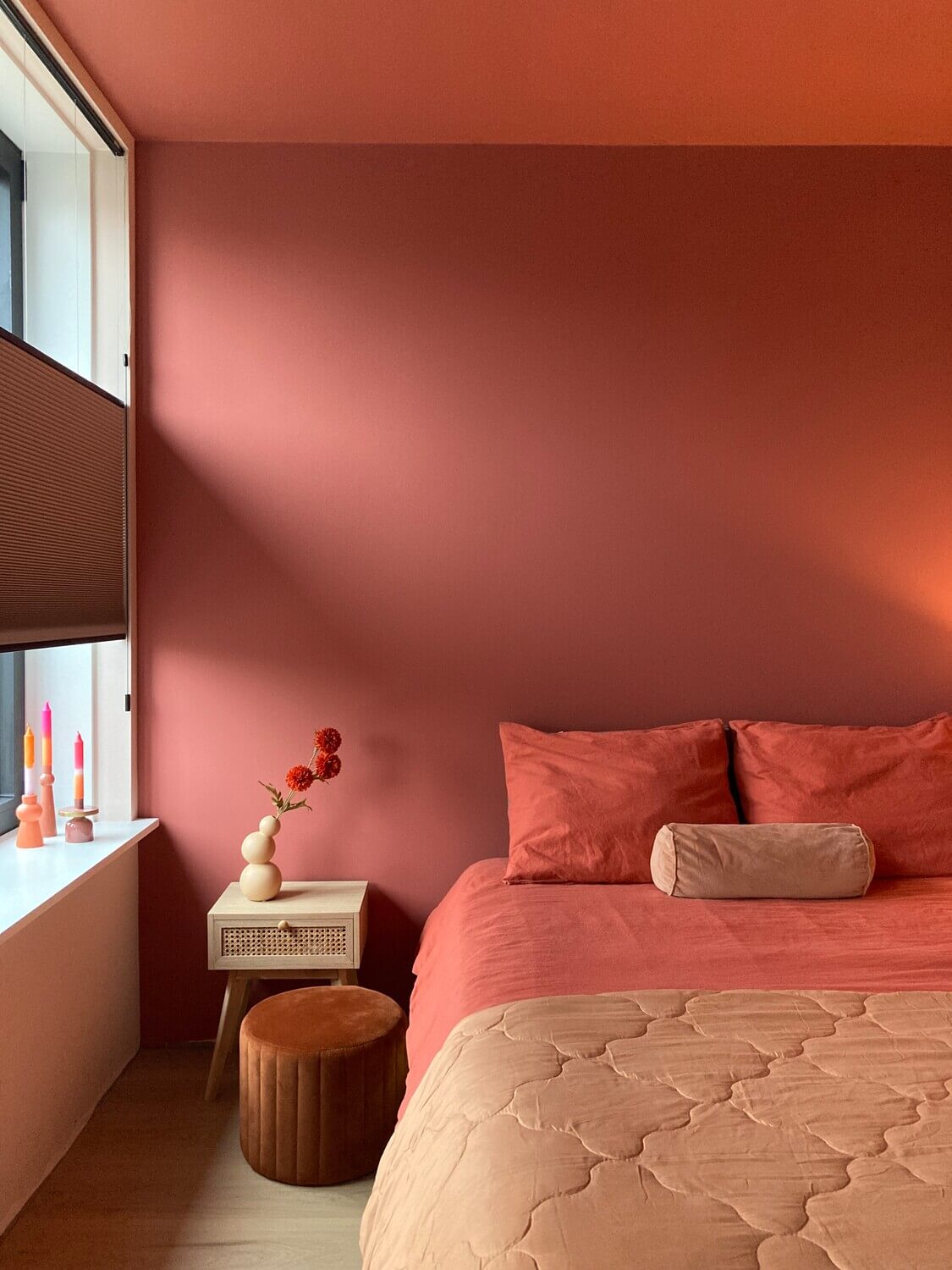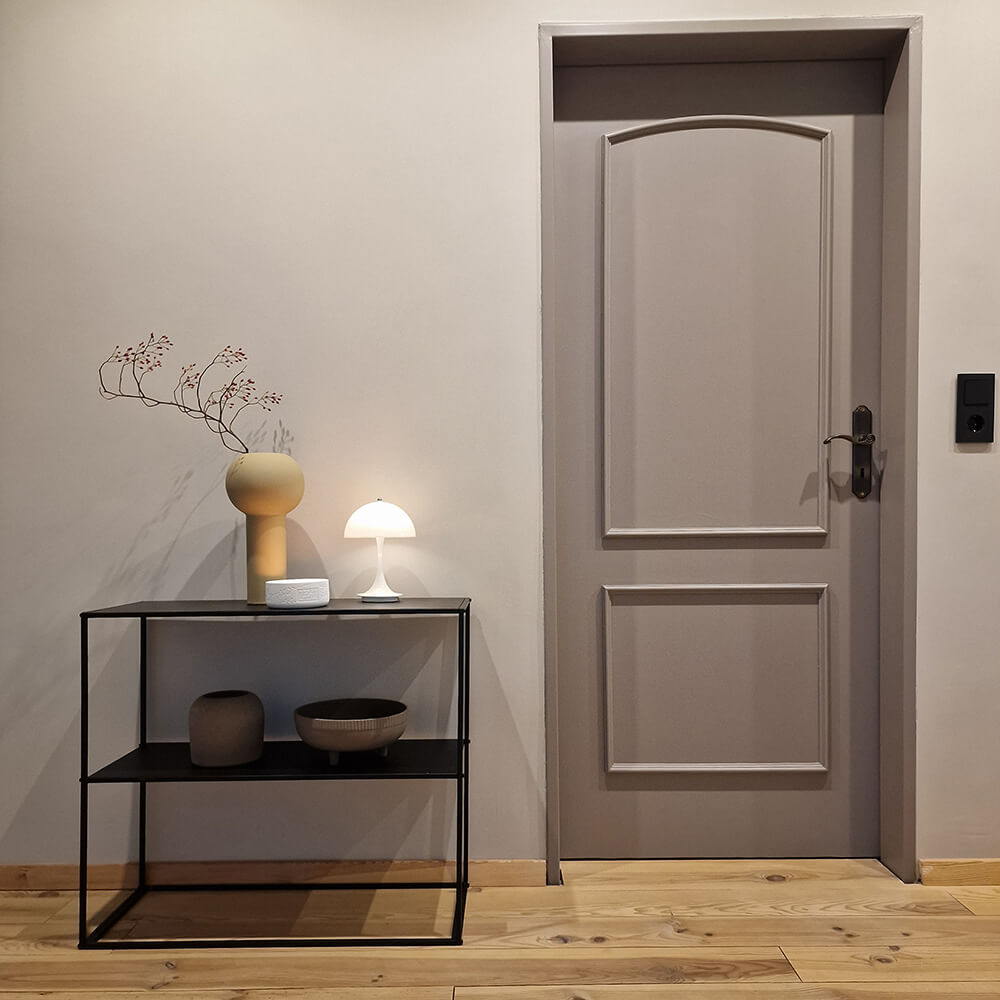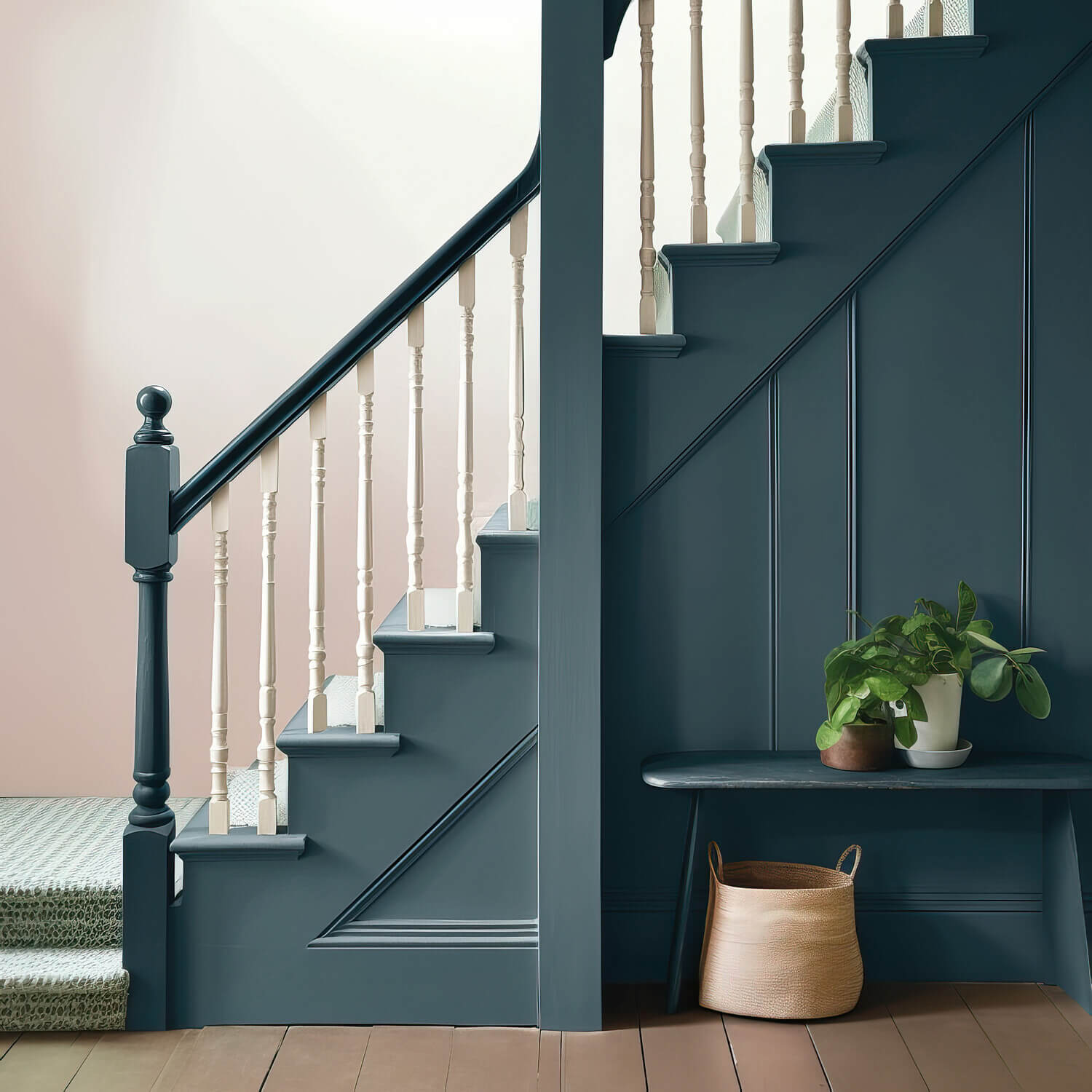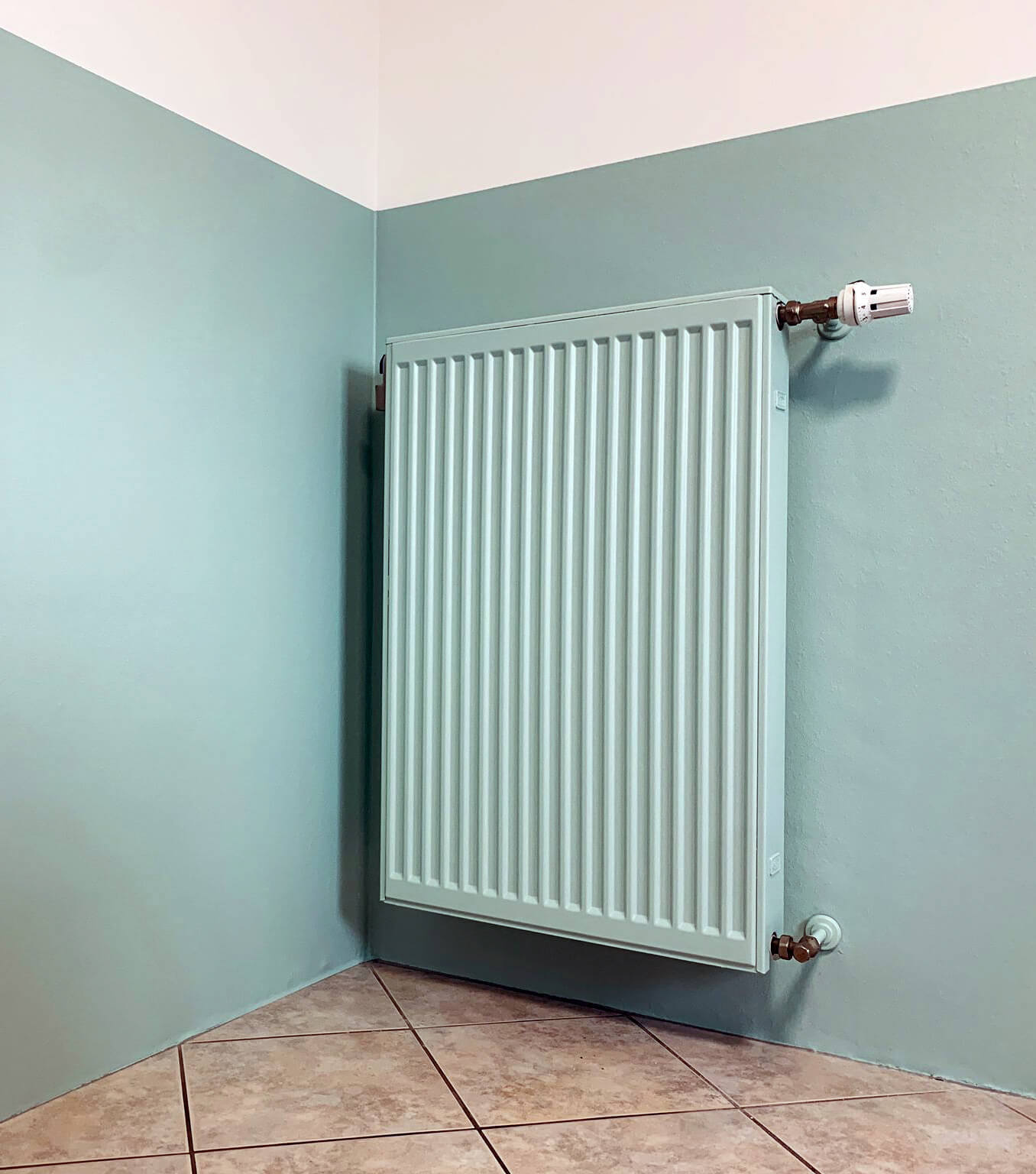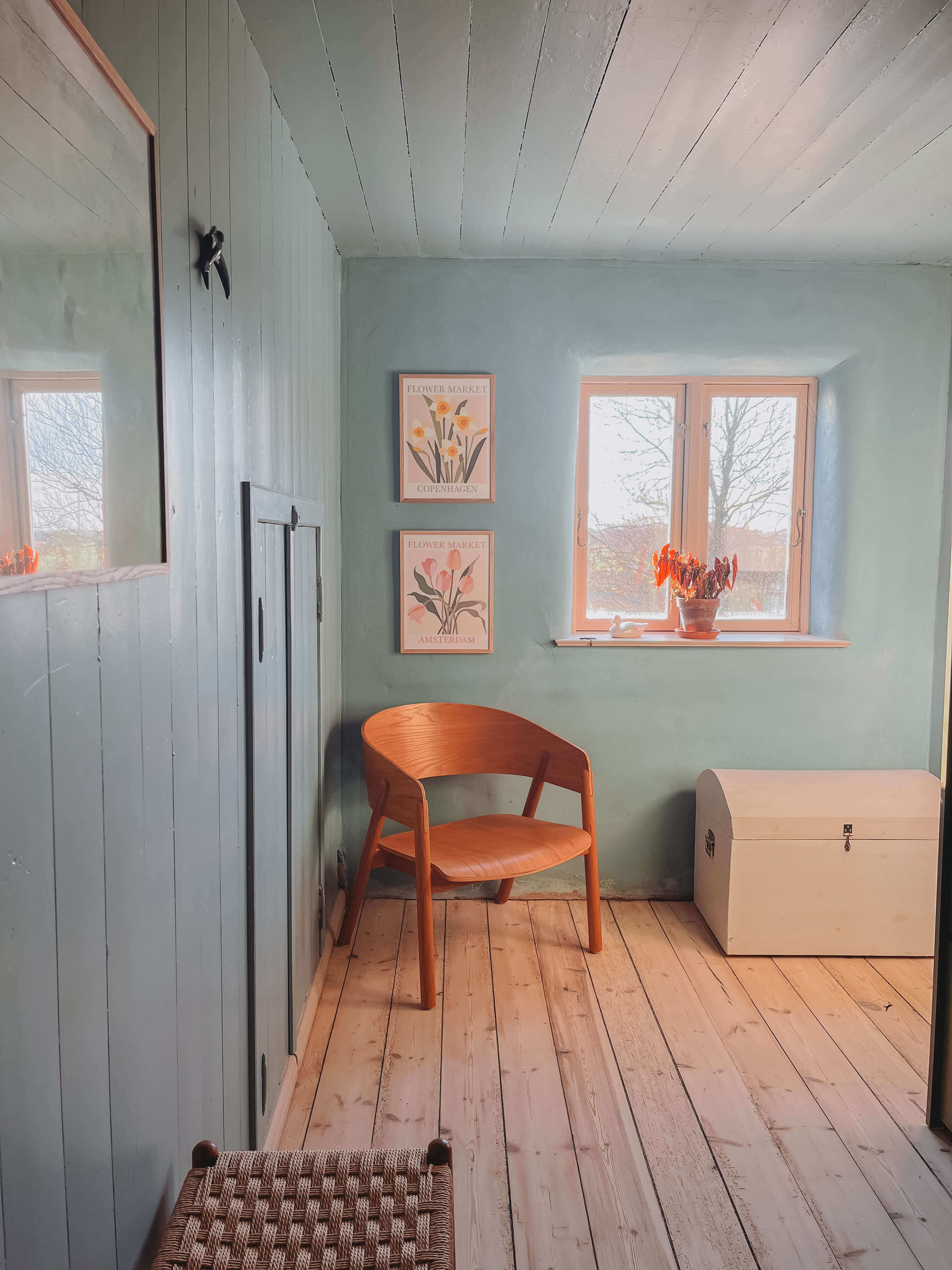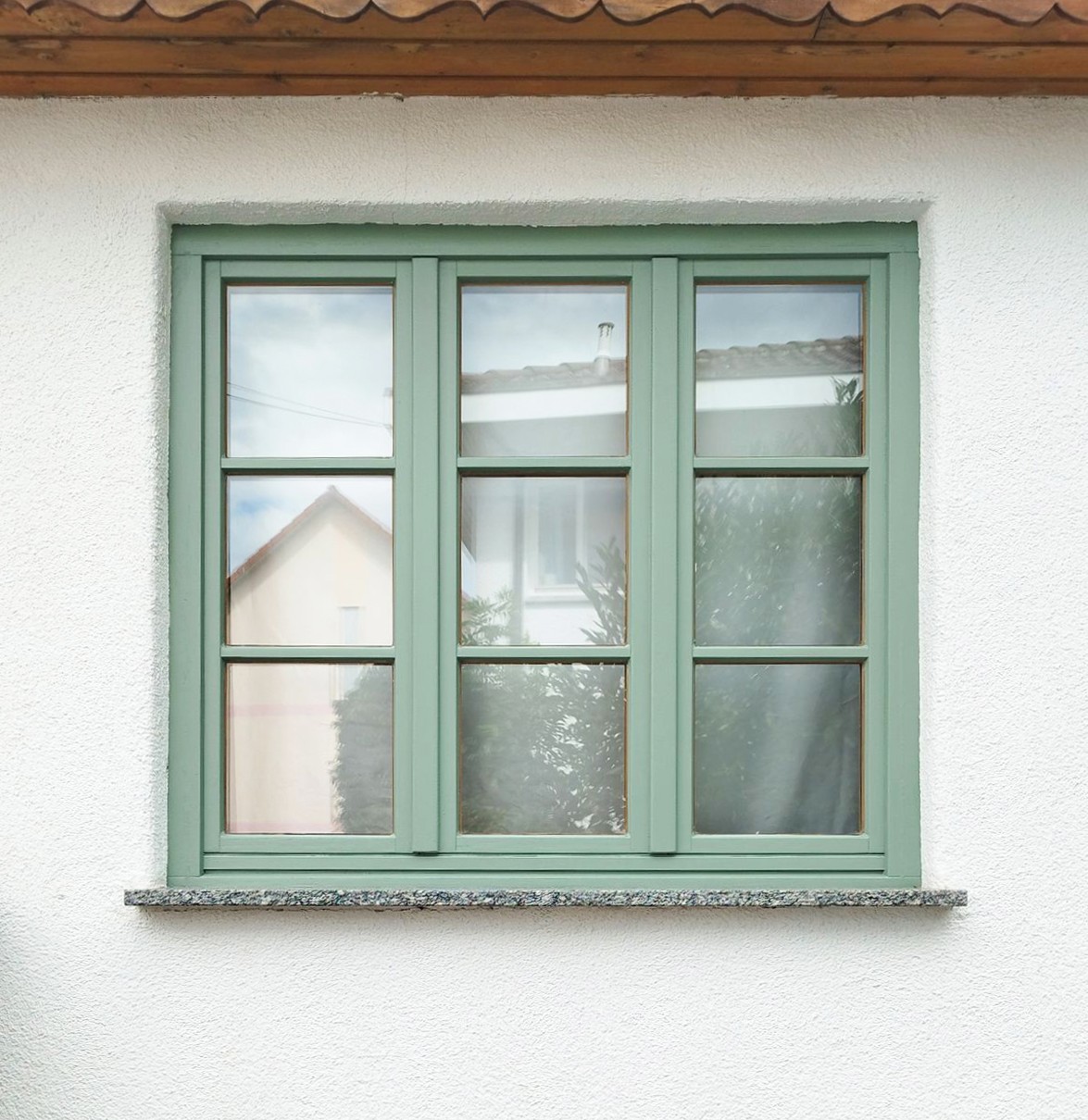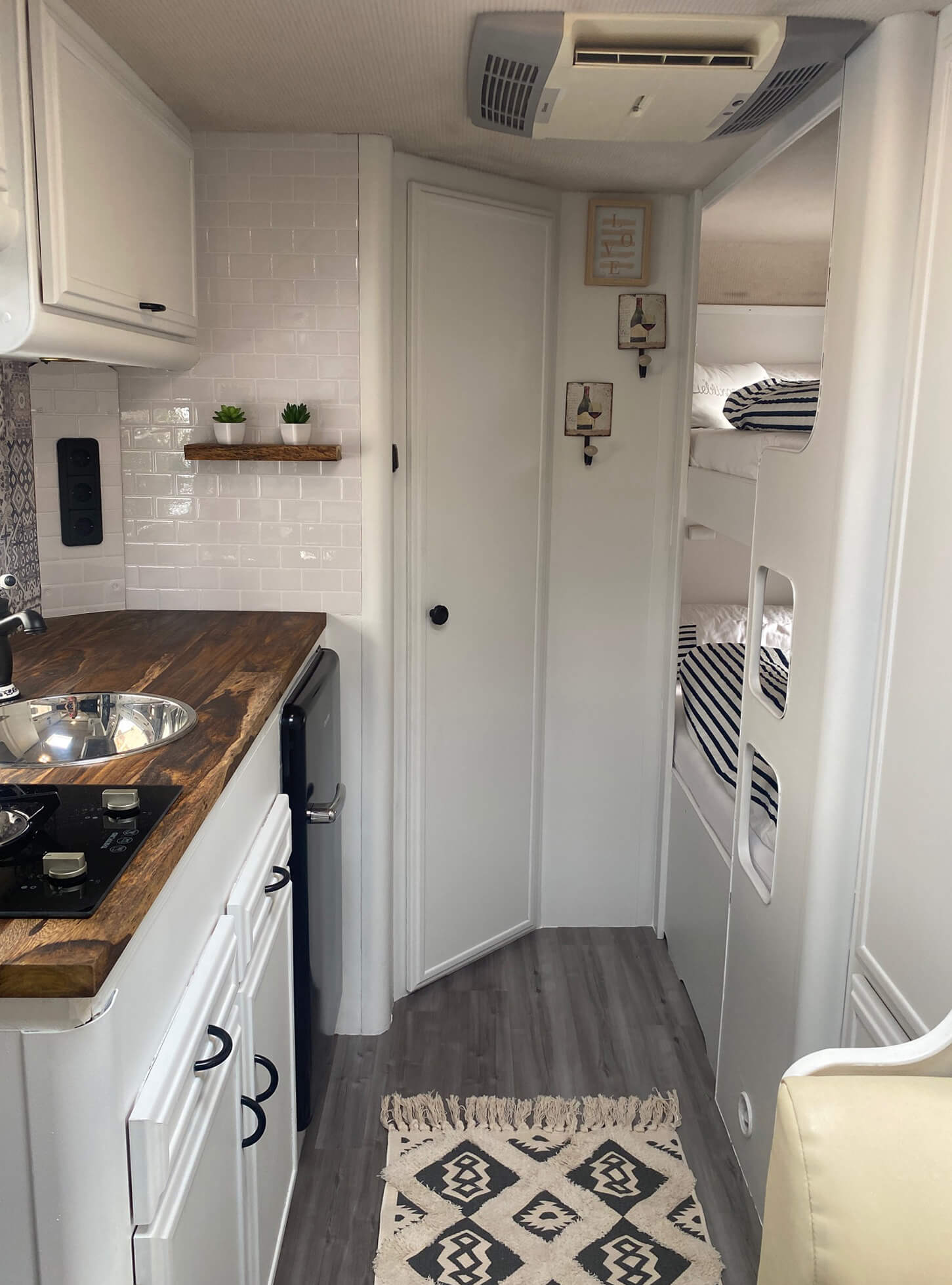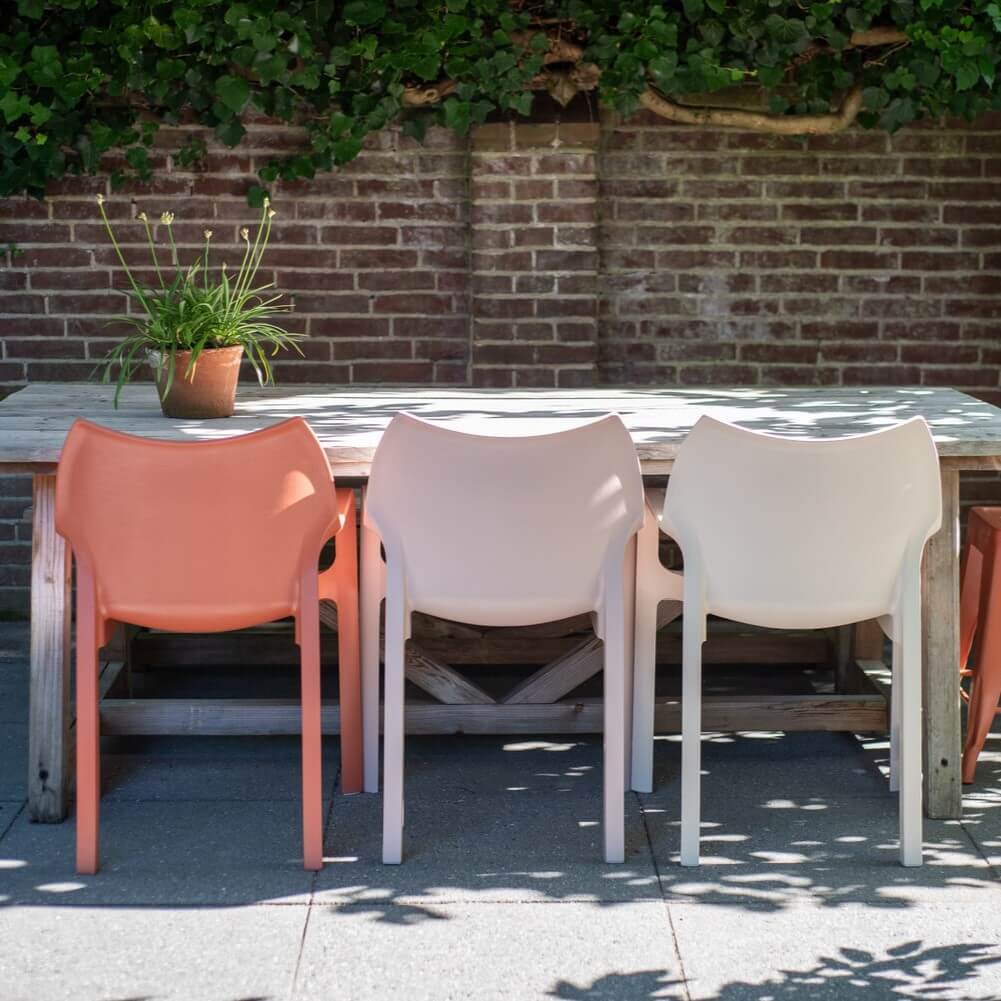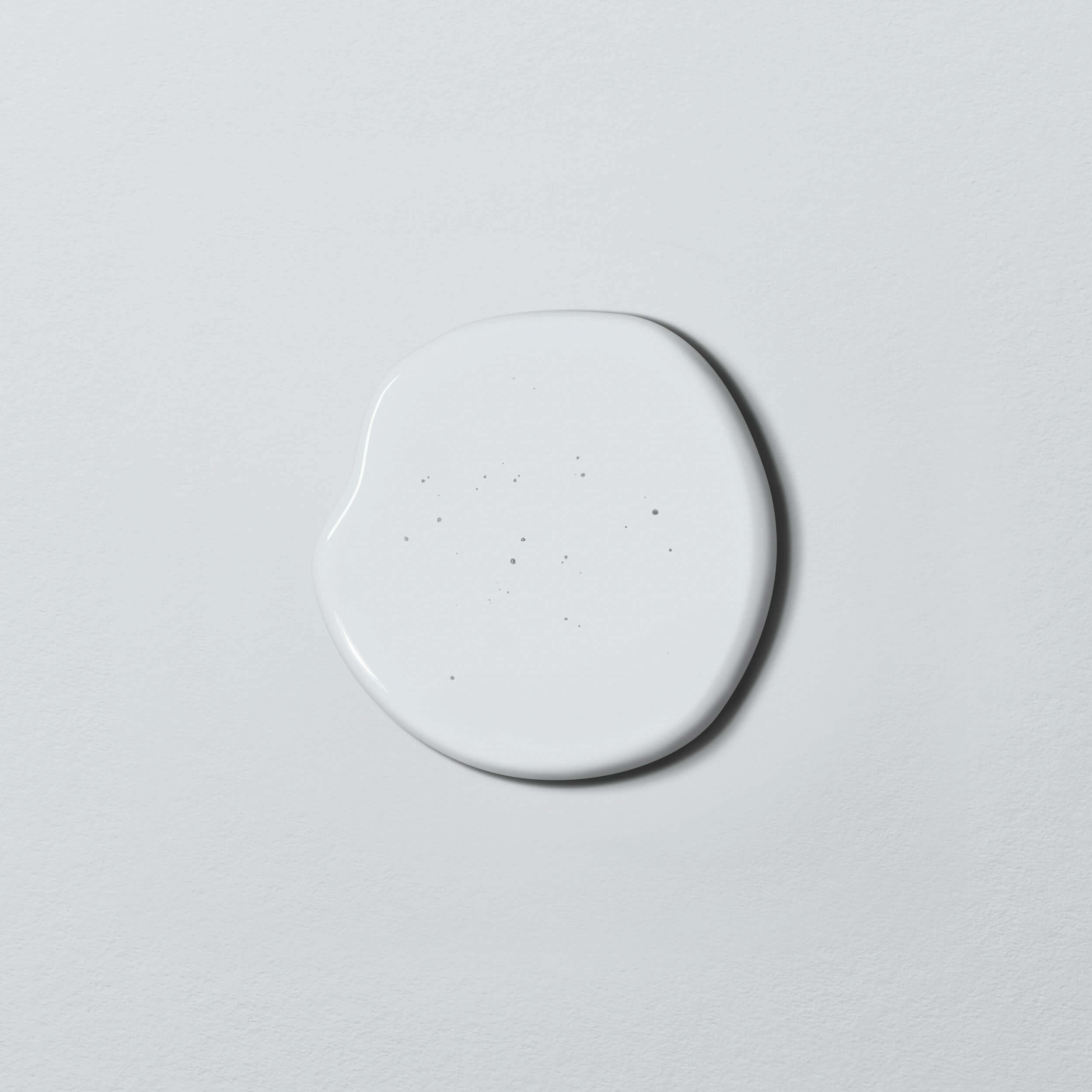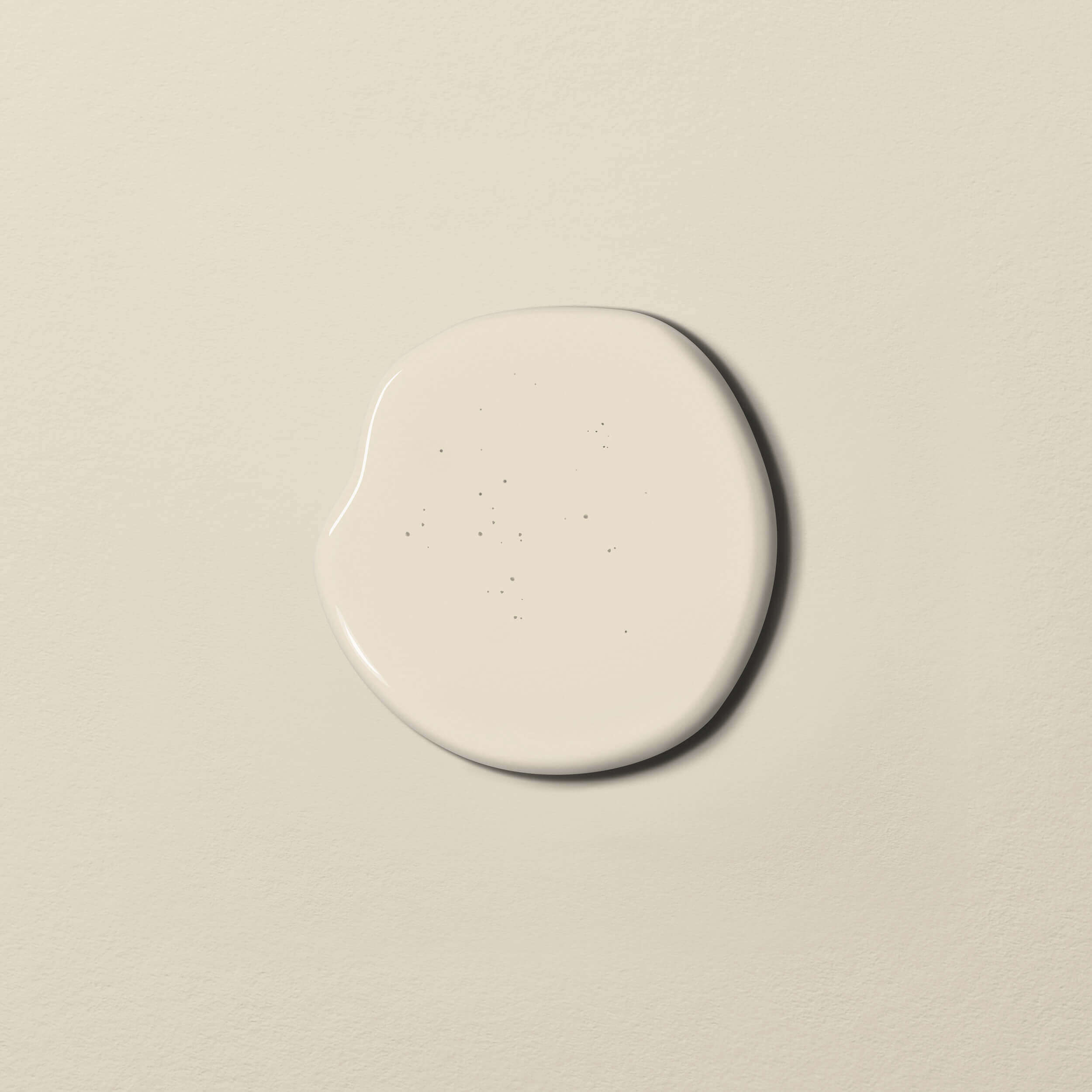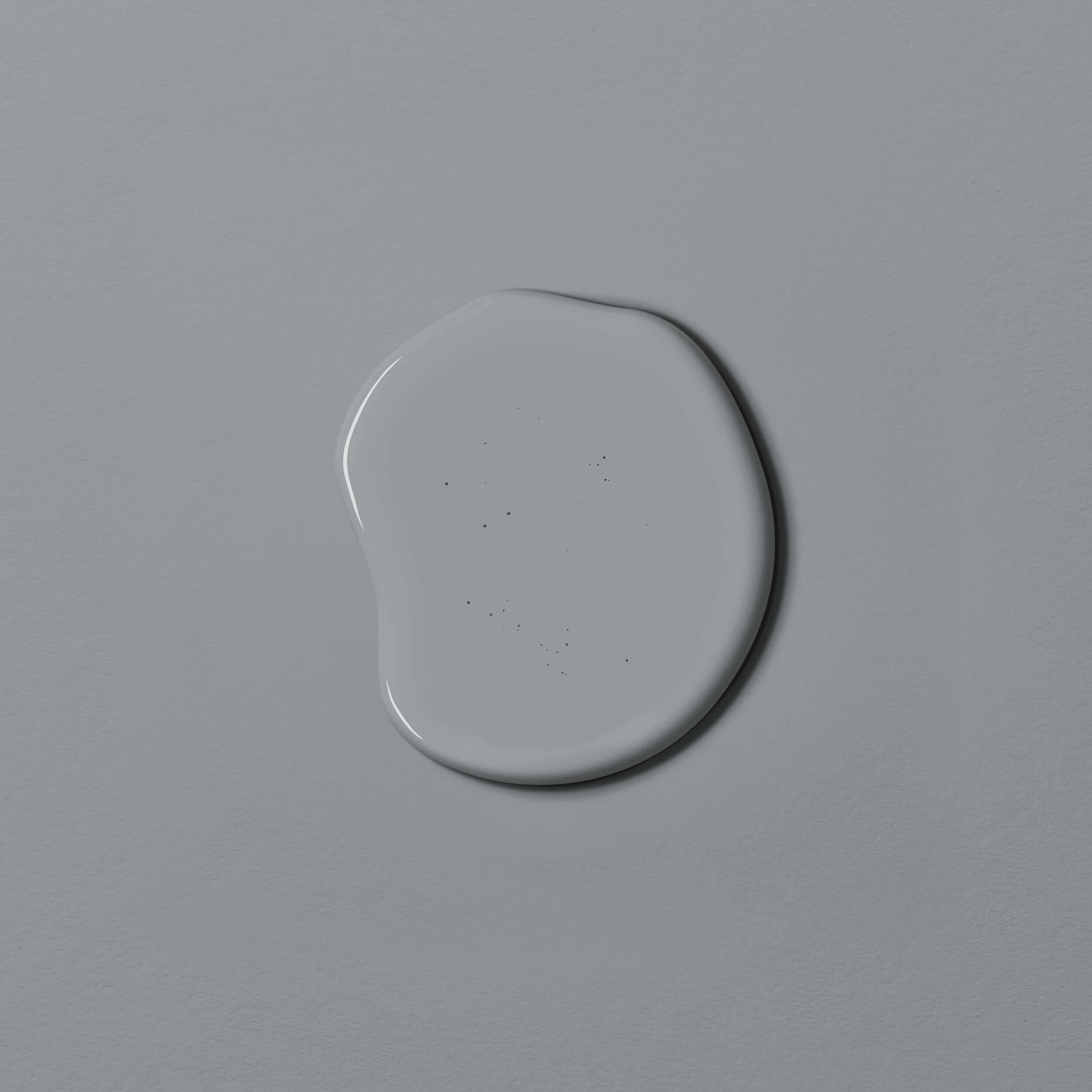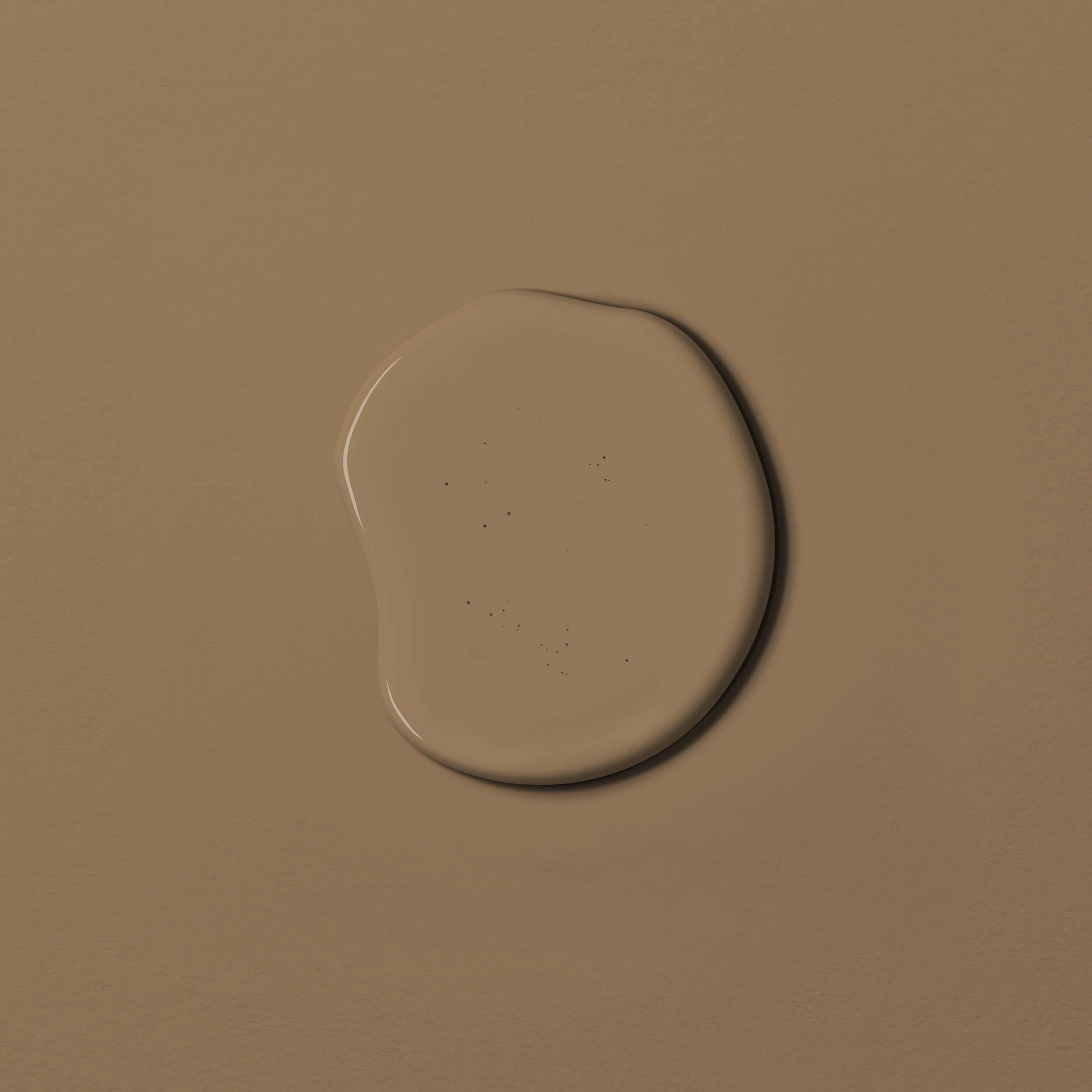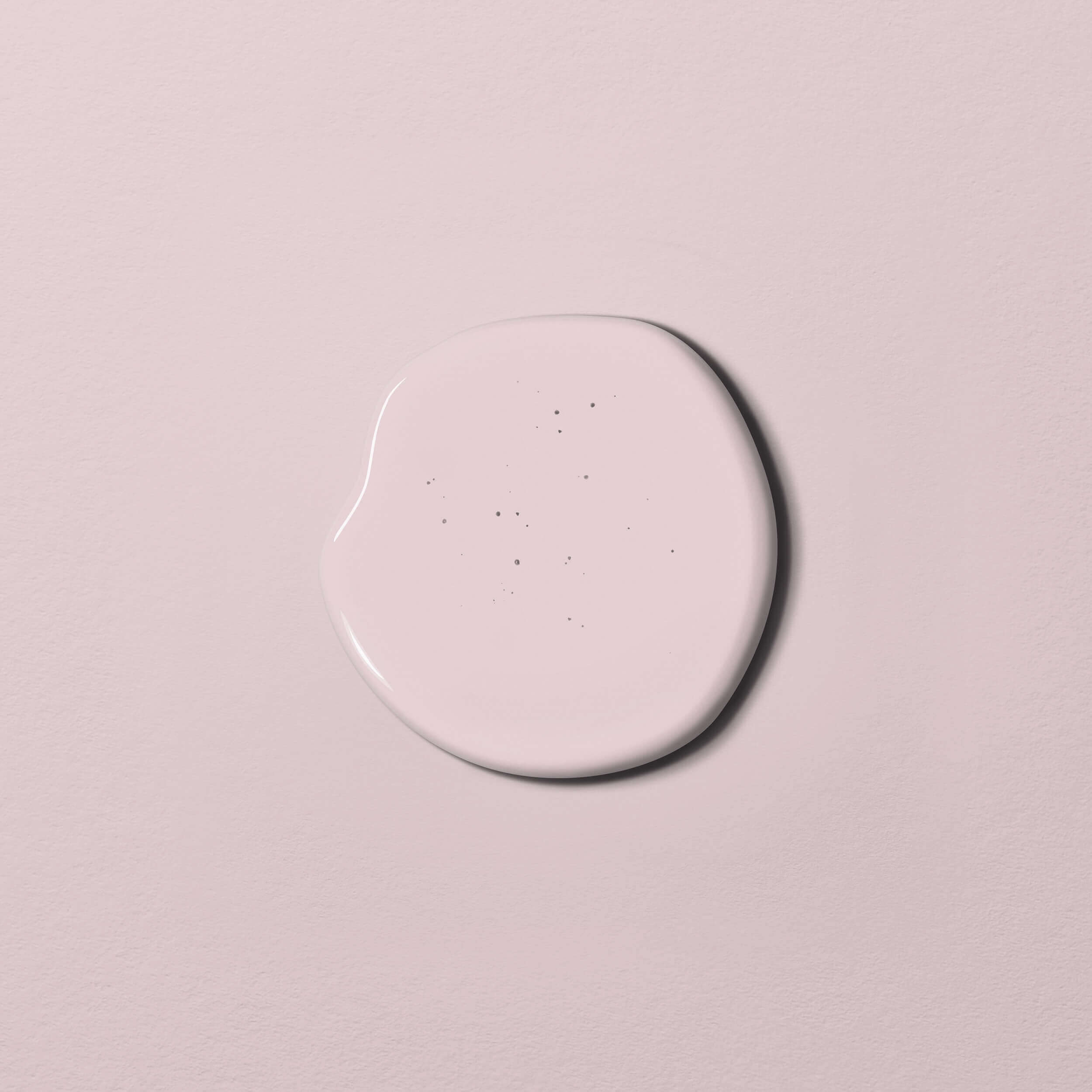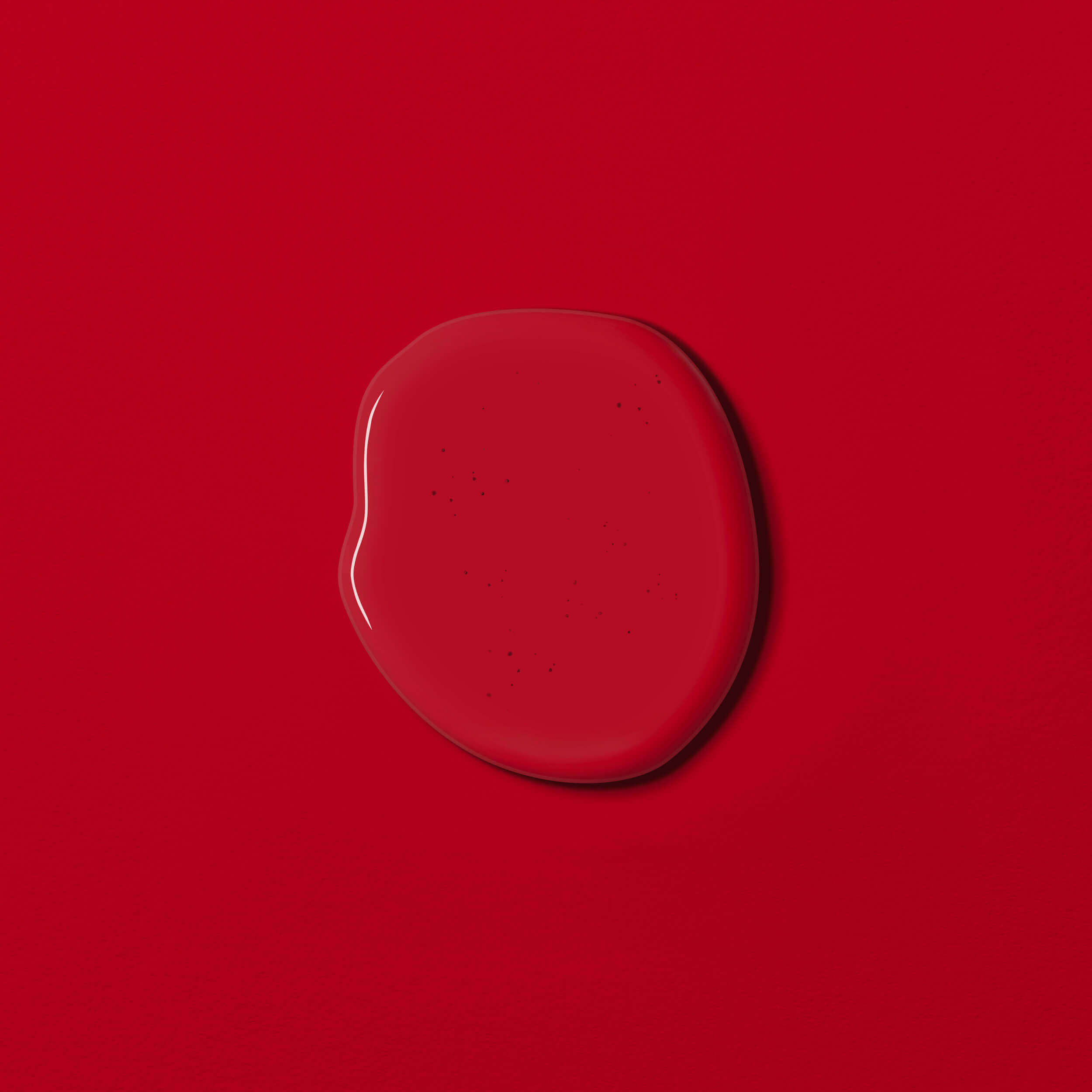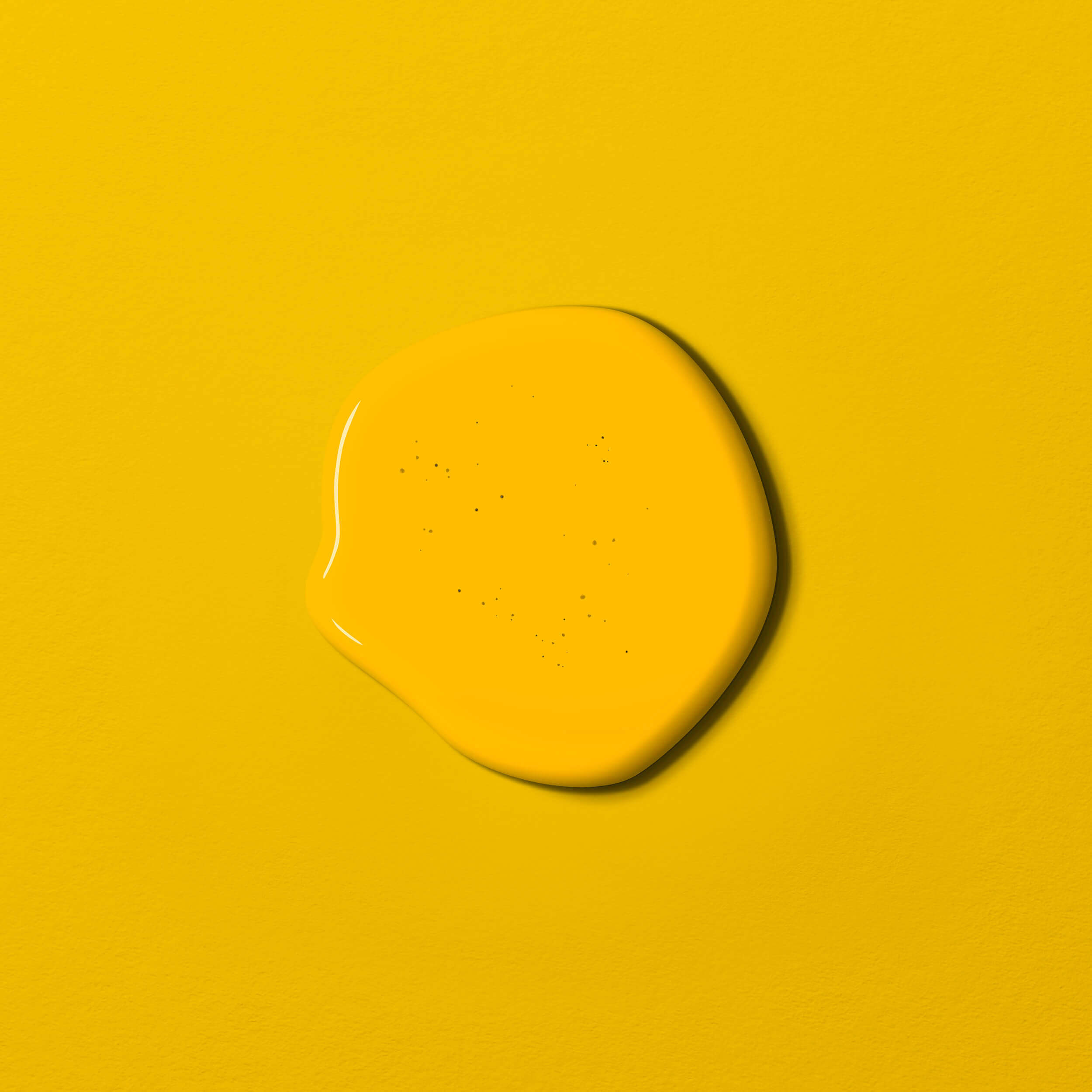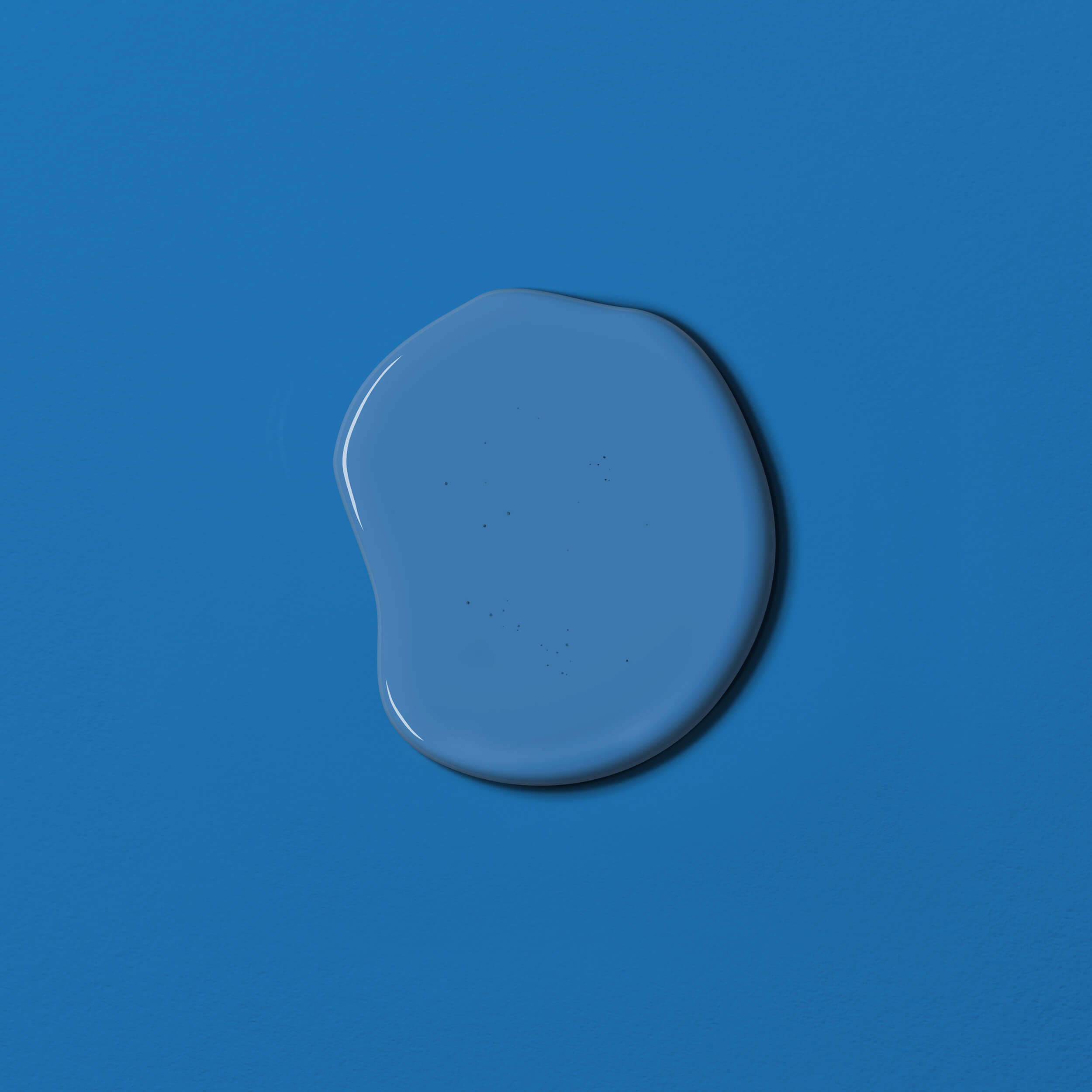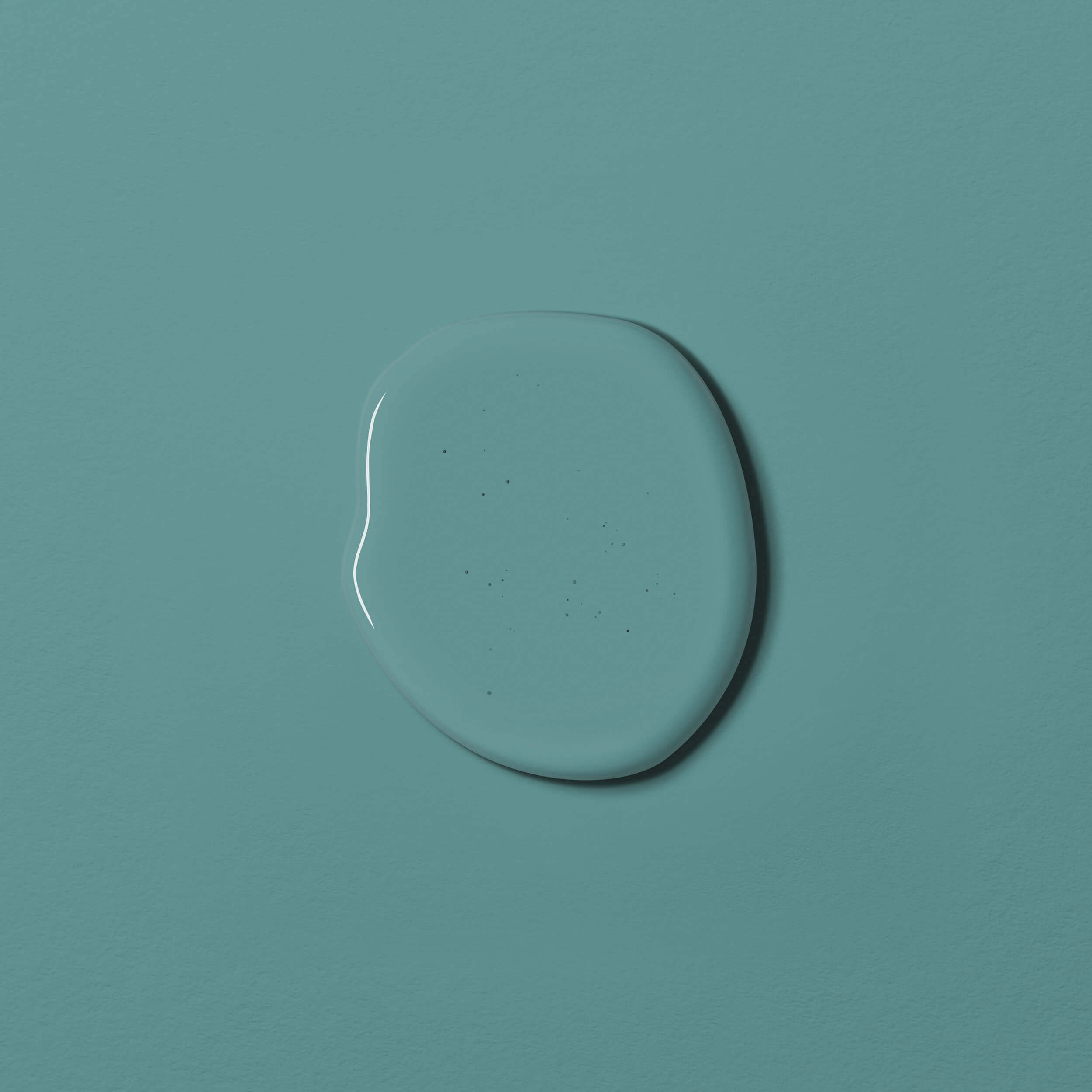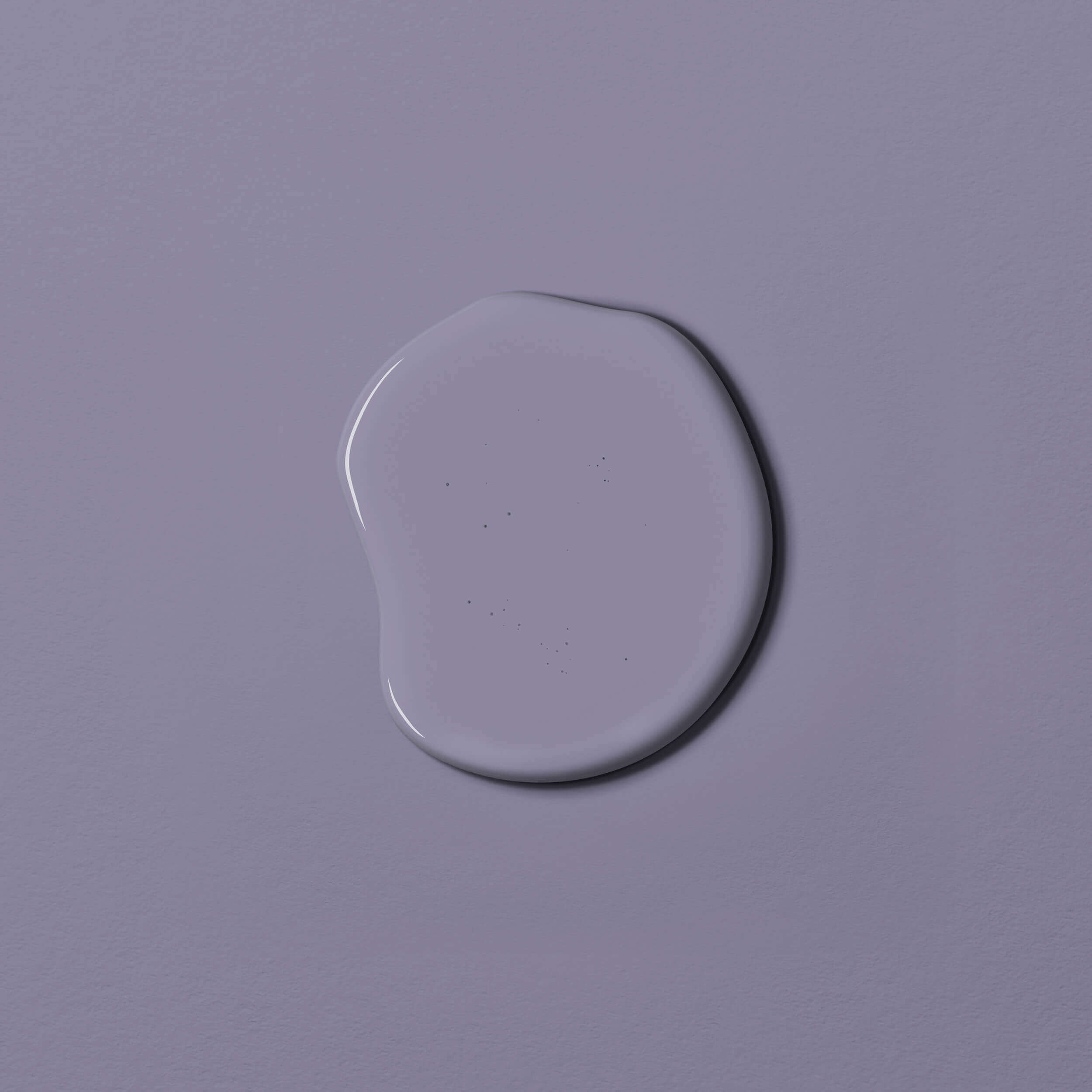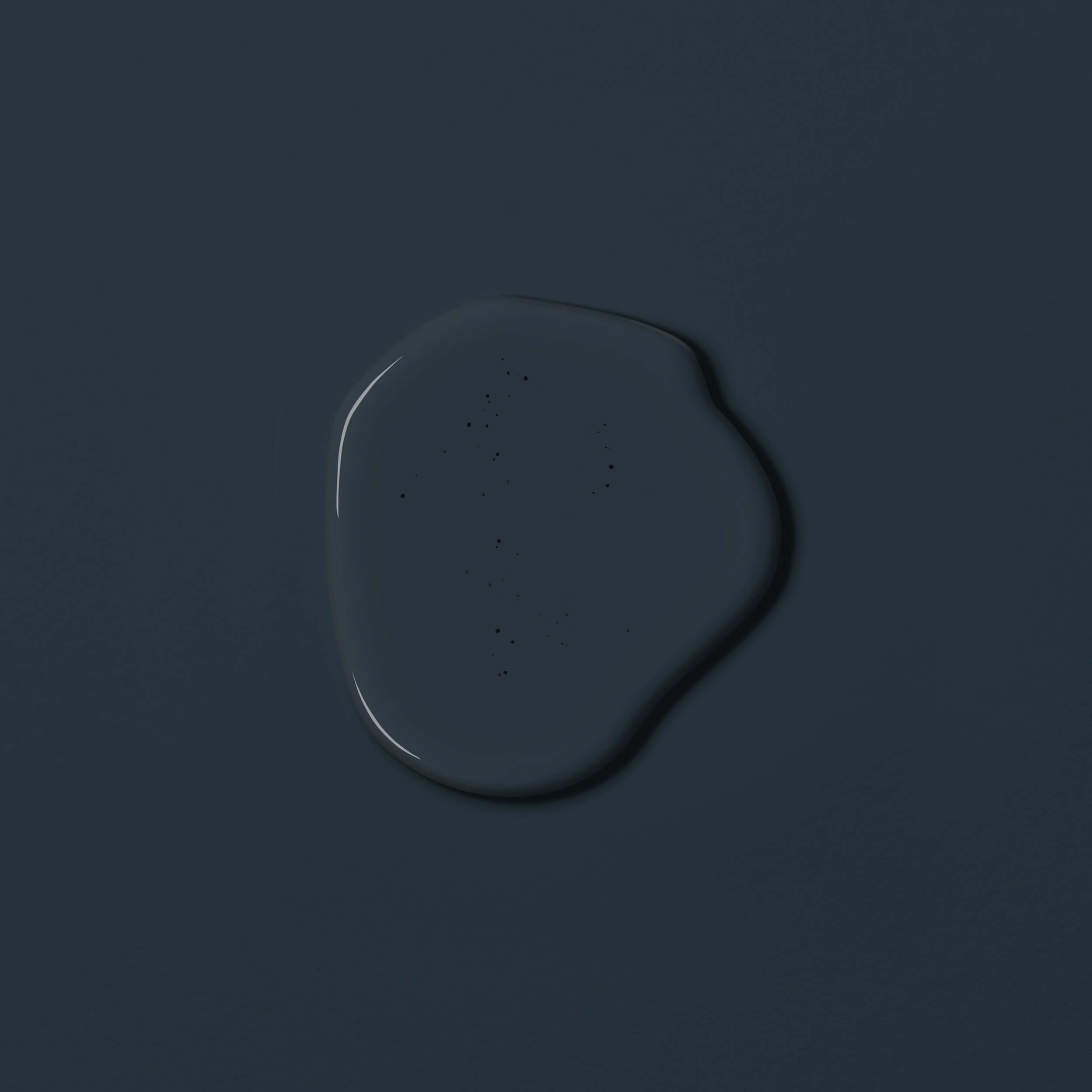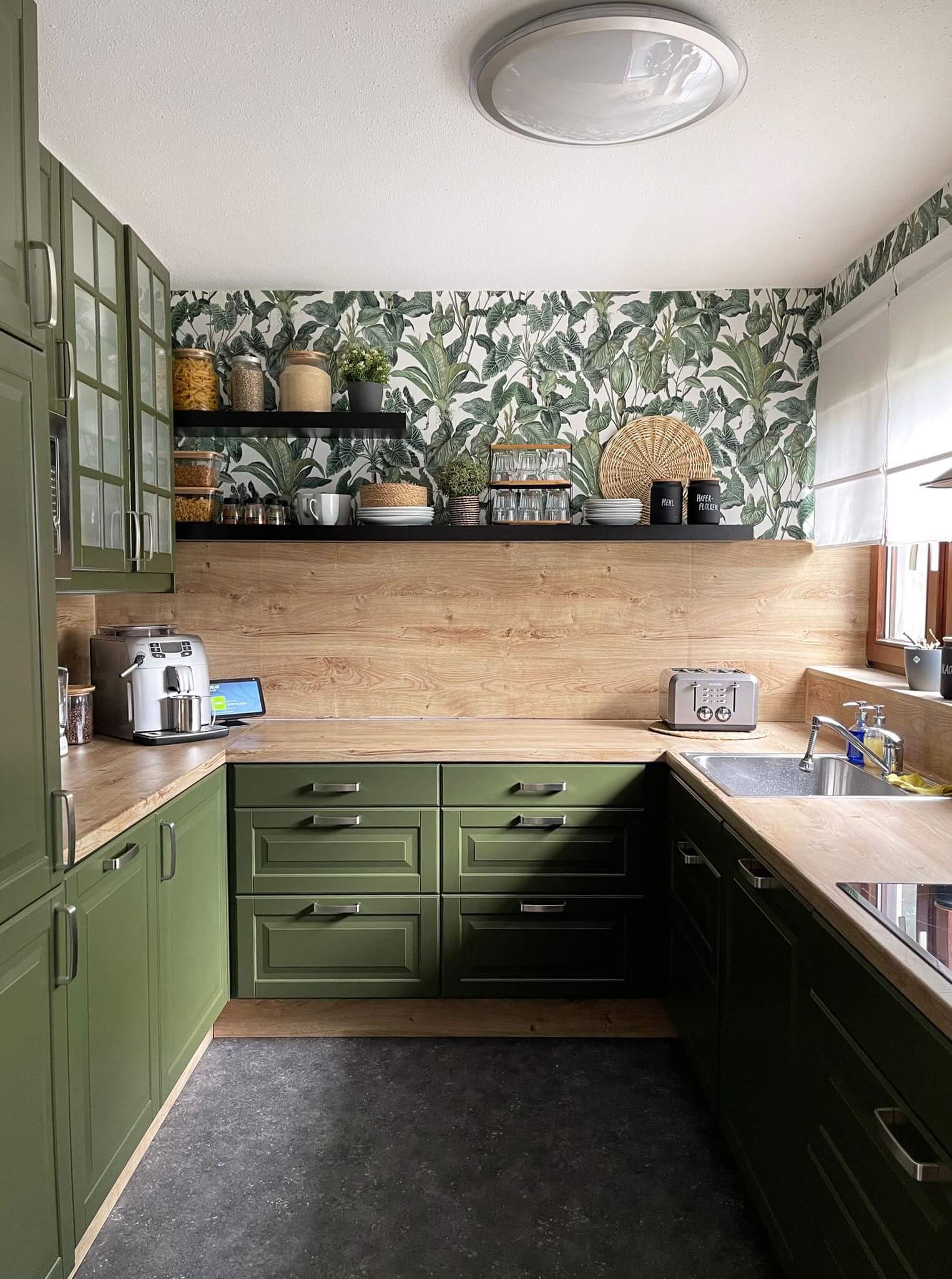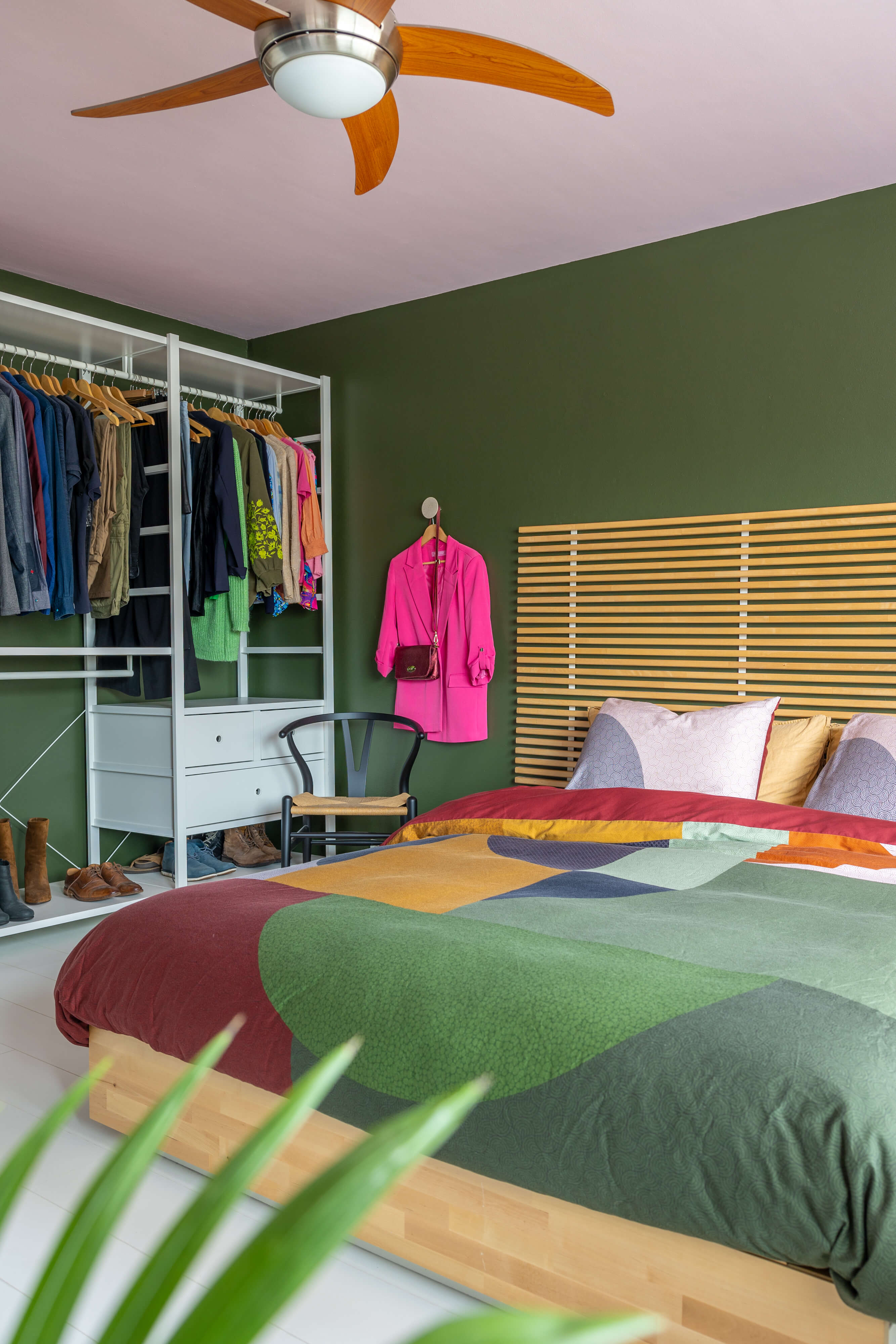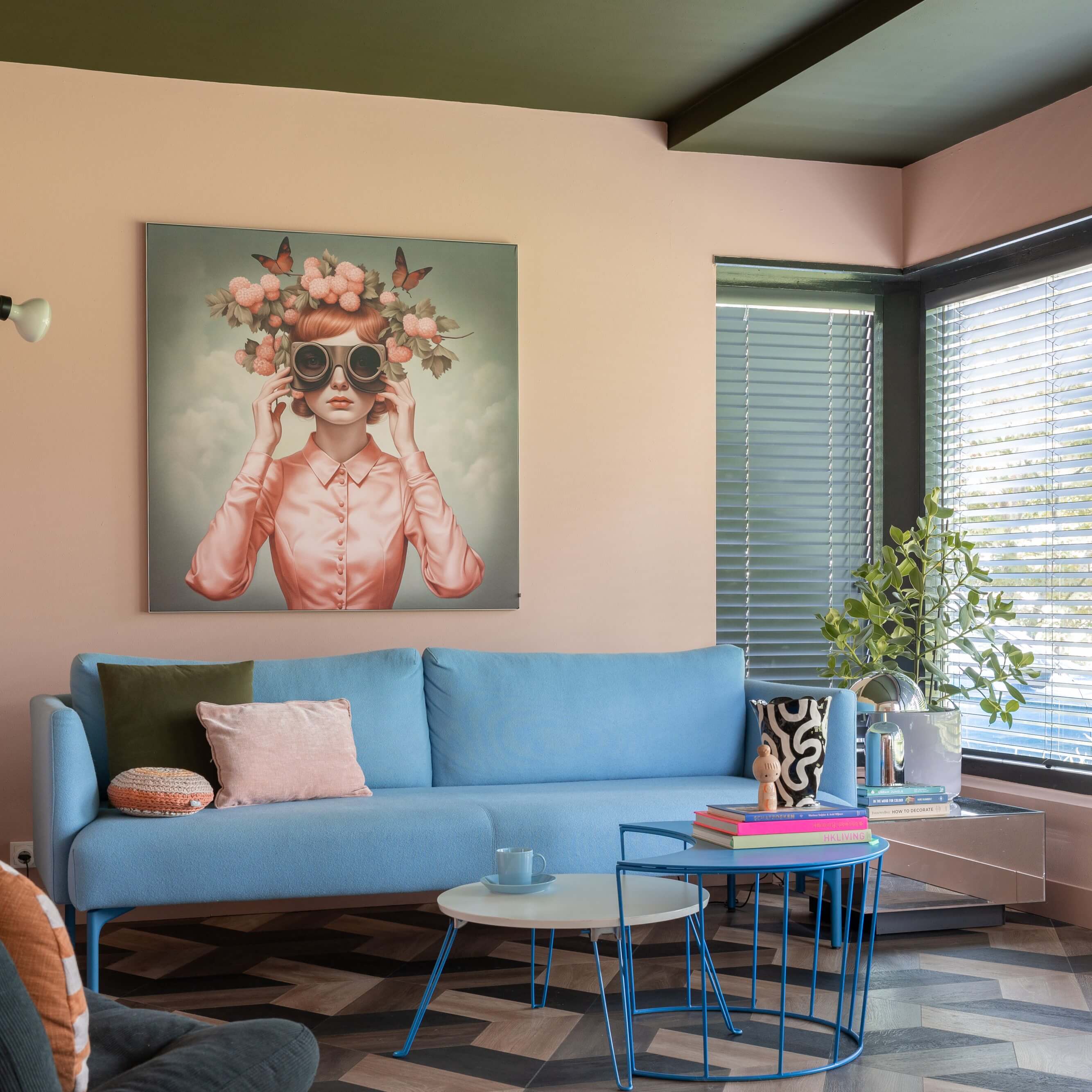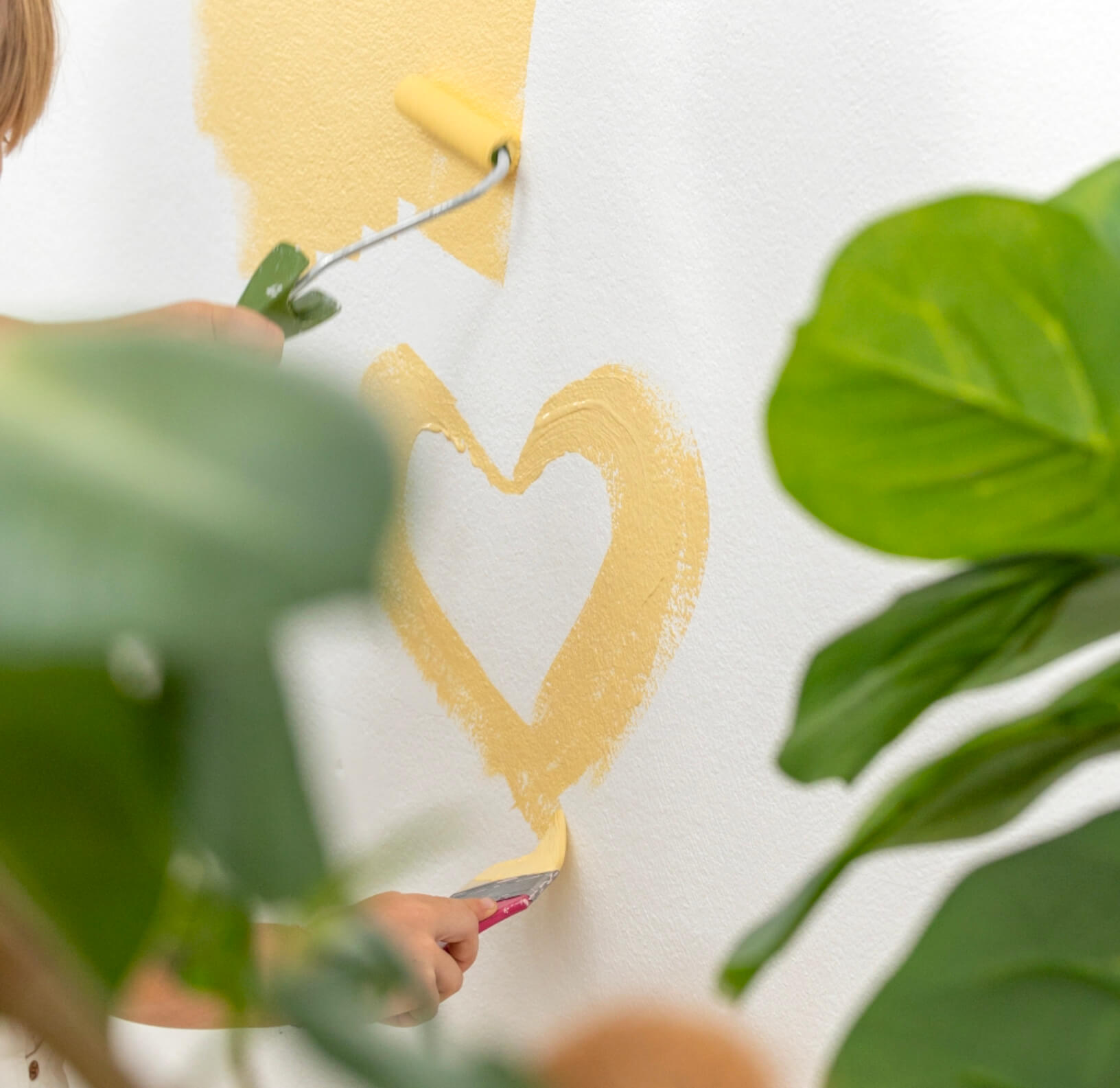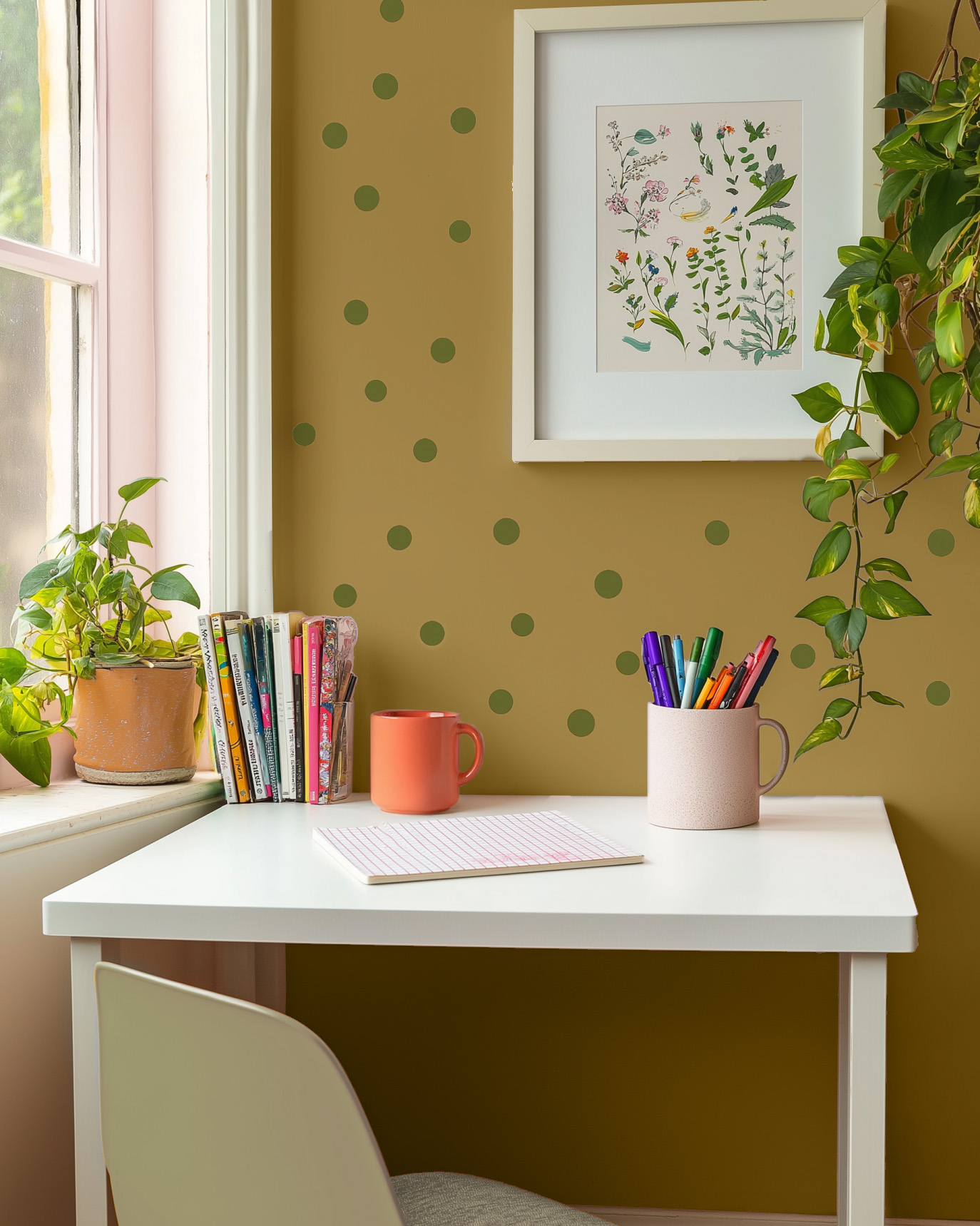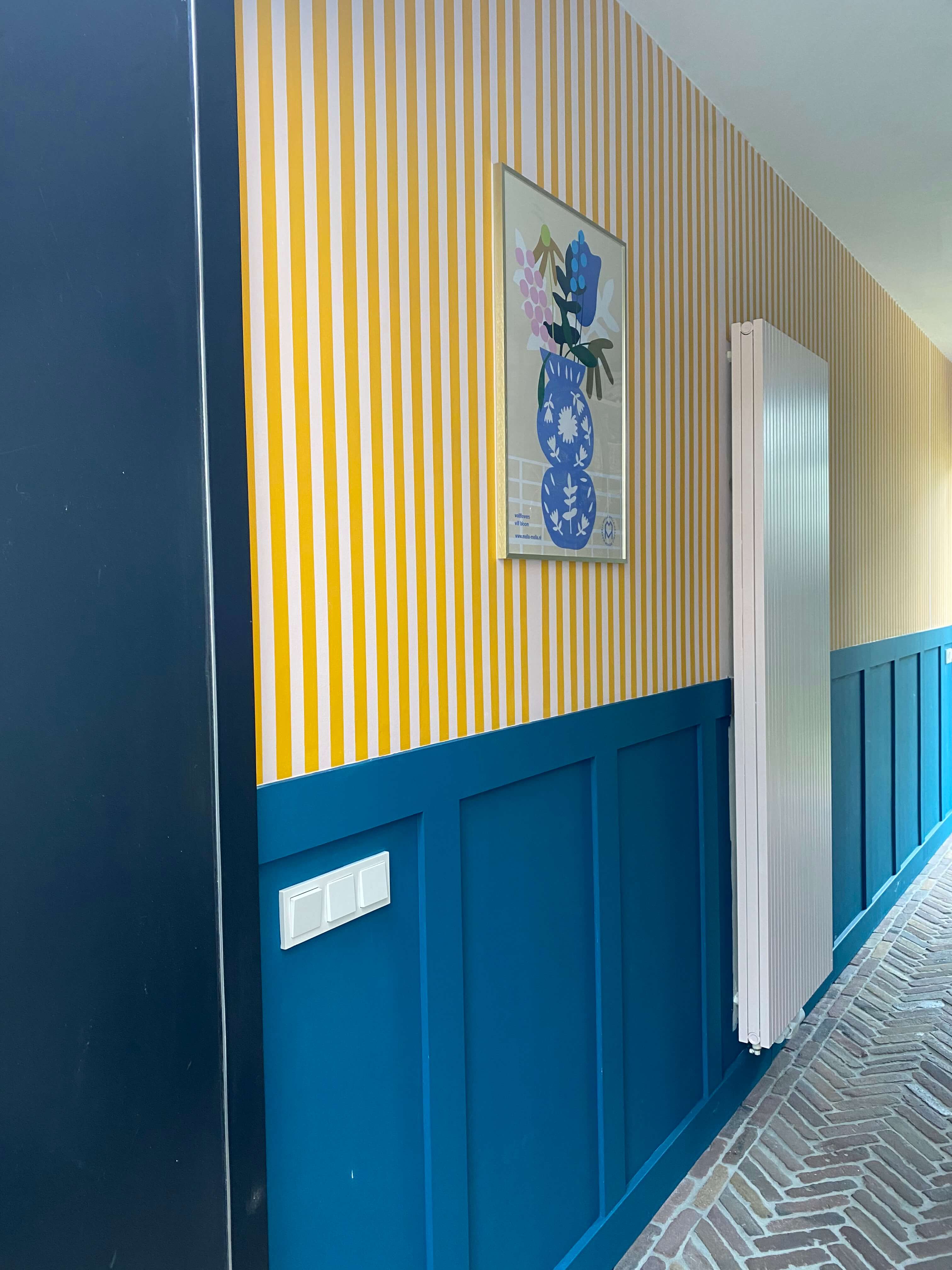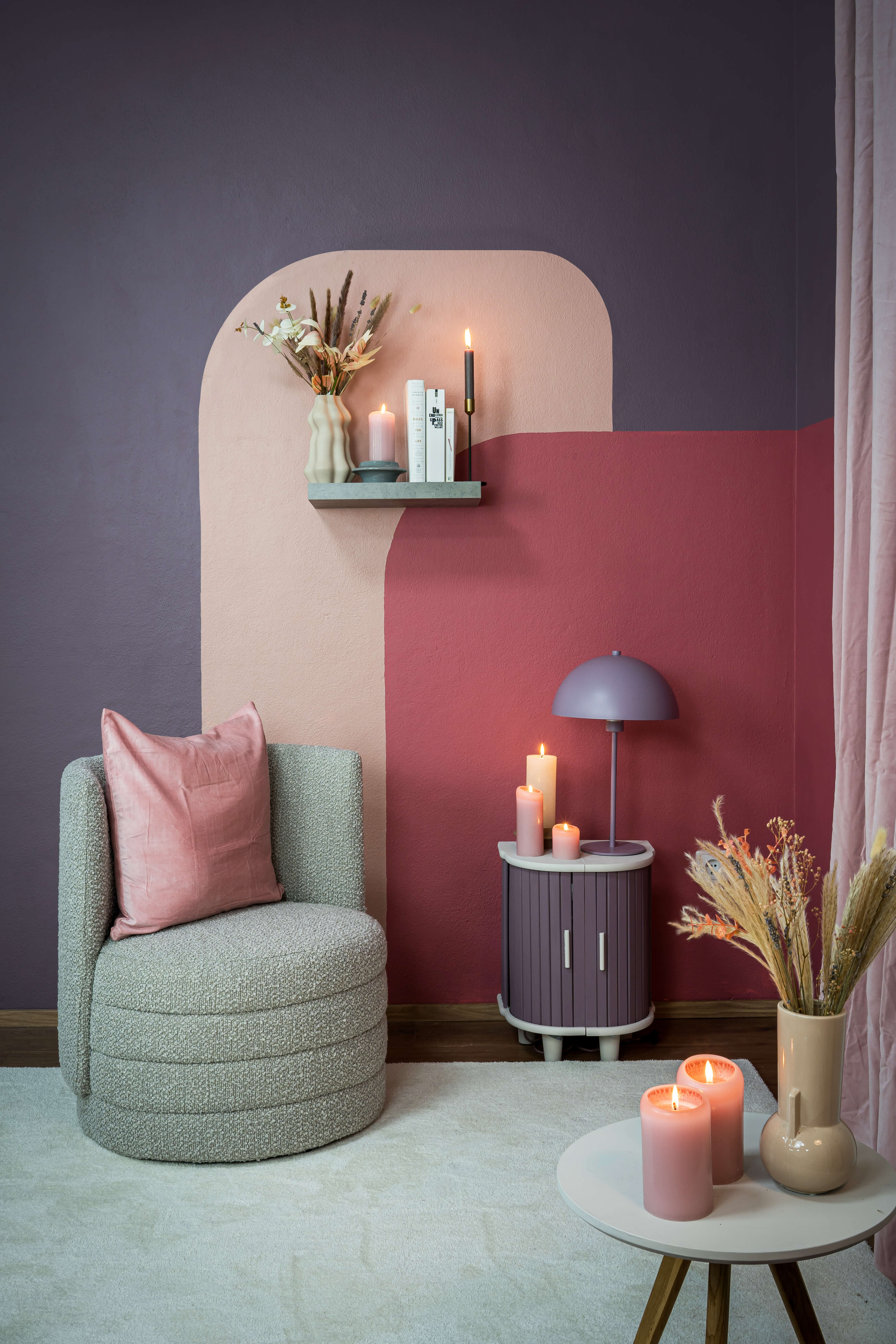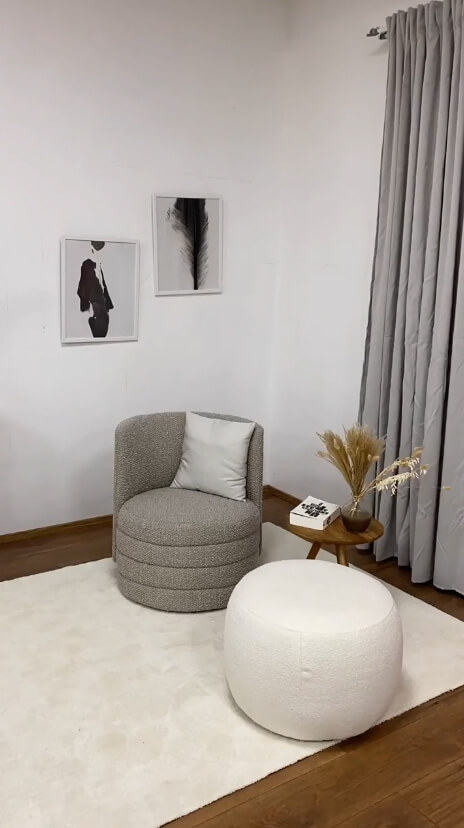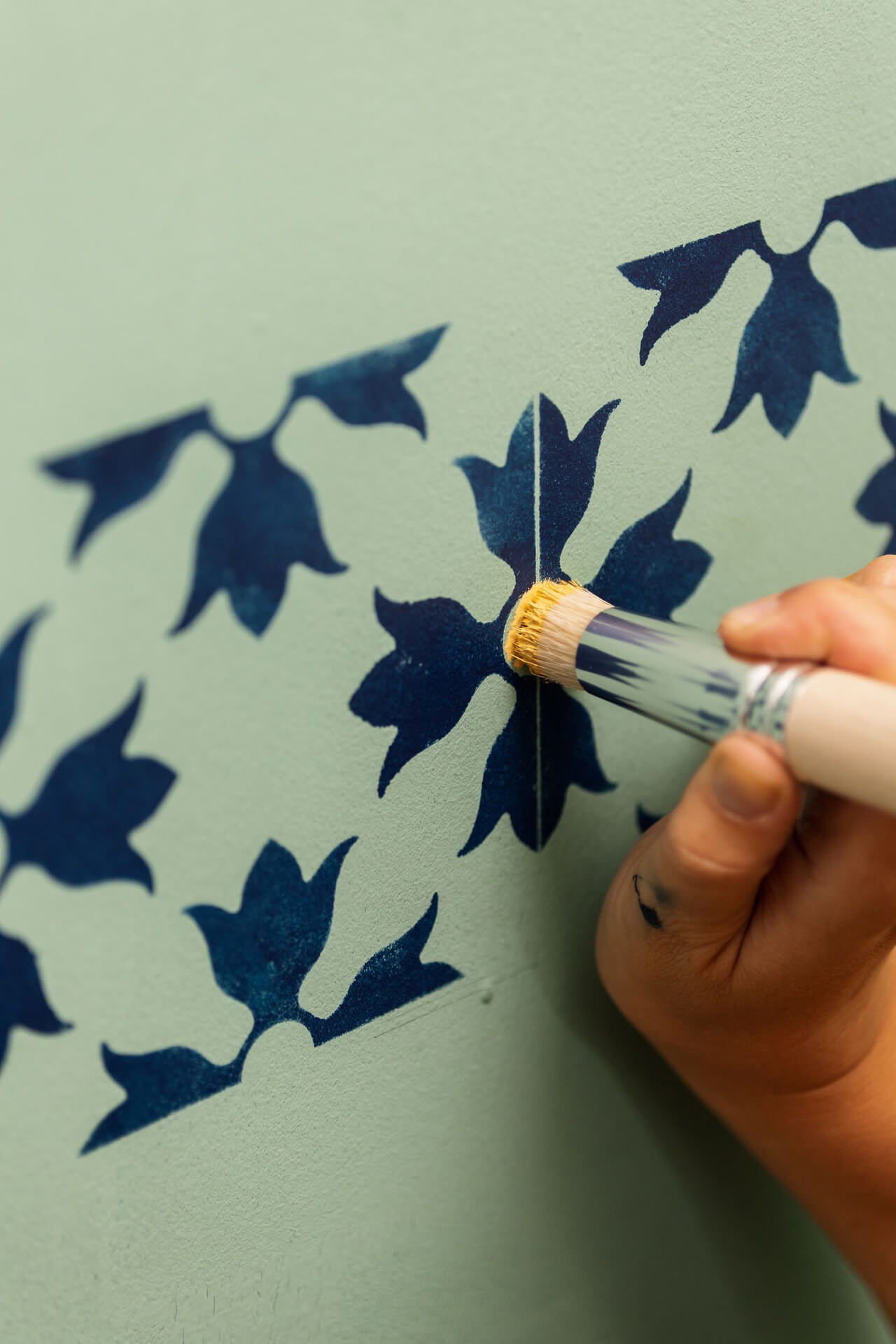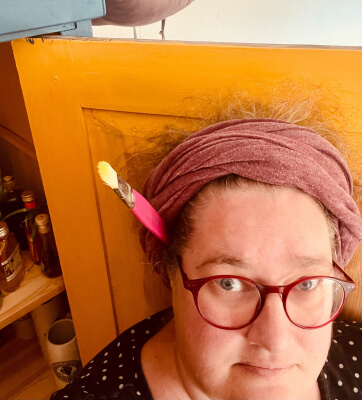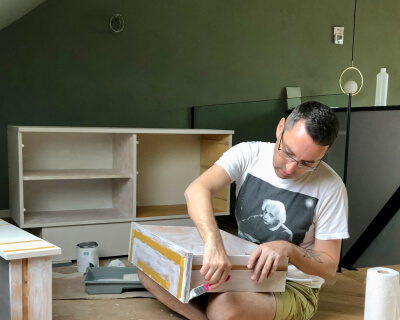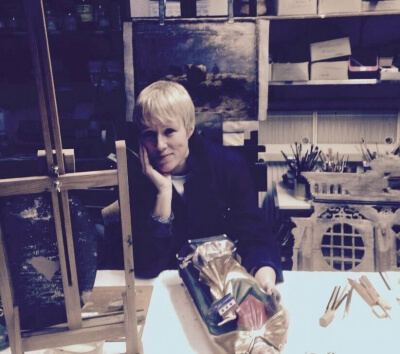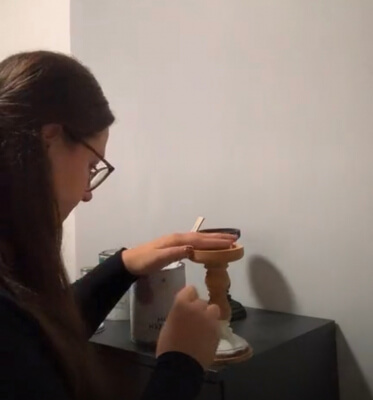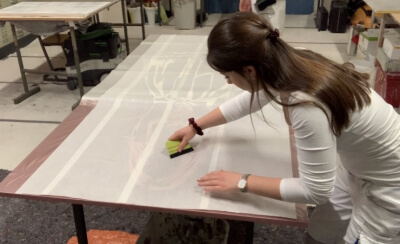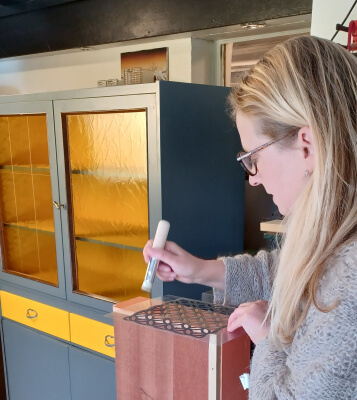Painting a wall with a pattern
4 min reading time
Walls can be personalised not only with wallpaper, but also with the skilful use of patterns. This way, you can create a wall that is unlike any other. We'll show you how easy it is to bring your walls to life with patterns!
Wall pattern ideas from our community
Be inspired by the many great ideas from our painting community. Here you'll find unusual ideas for painting walls with patterns
Methods for painting wall patterns
There are many ideas for designing walls with patterns. There are no creative limits: whether you want to create a mountain landscape in the children's room, bring a wall with graphic patterns to the fore in the living room or give the room a special touch with elegant stripes in the dining room
Choose a classic way to paint your walls with geometric patterns by dividing a room horizontally and painting the lower wall section in a different colour to the upper part of the room. Vertical stripes, circles, diamonds or lines in different wall paints are also classic geometric patterns.
Before you decorate the wall with patterns, you probably want to paint it completely first. Take a look at our blog Painting walls. Here you'll find tips and tricks, detailed instructions and even more ideas for wall design.
Painting a wall with a pattern using masking tape
A popular method of applying patterns to your walls is to work with masking tape. If you want to paint patterns on your walls by masking, we have a few ideas for you here
- A great effect is created when you divide a room horizontally. Depending on the height of your ceiling, apply tape horizontally to about a third of the height of the room. It is now important to use a spirit level, as the eye cannot forgive even the slightest deviation from the horizontal. In any case, paint the lower half of the room in the darker of the two colours you have chosen. It often also looks chic to paint the ceiling in the wall paint of the upper part of the room. You can find all the details on this in our blog on the topic: Painting walls half-height.
- You can also use masking tape to create vertical or horizontal lines and stripes as a wall pattern. Don't rely on the corners of the room. They are often not at right angles. It's best to make yourself a plumb line. By hanging something heavy on a thread, you can easily determine the vertical. Then use a spirit level when masking. You will get different results depending on how wide you make the strips. This is a great idea if you want to paint a low hallway with a pattern, for example, to make it look larger.
- However, you can also apply the tape to the wall in a criss-cross pattern, diagonally against each other. This creates an interesting diamond pattern. Work very precisely here too.
Tip: After removing the adhesive tape, you can emphasise the transition between the two colour shades with a border.
Painting patterns with stencils
Use stencils to create individual accents on the wall or print a wall over a large area to create a wallpaper effect. For example, paint the walls in a base colour, e.g. with our MissPompadour The Valuable Wall Paint, and then use stencils to create a border on your wall at a distance of approx. 20 cm from the ceiling, depending on the height of the room. If you are artistically talented, simply draw a motif freestyle on the wall in pencil and then fill in the outline with colour.
MissPompadour has a wide range of stencils for wall design. There is a suitable motif for every style of living. The Toulouse stencil, for example, looks perfect in an old flat, while the Brasilia stencil brings a modern flair to your room.
Painting children's rooms with patterns is a great way to encourage children's creativity and stimulate their imagination. MissPompadour offers beautiful, special children's motifs for children's rooms, such as the Starry Sky stencils.
You can also designsimple patternsyourself, which you may only want to put on the wall a few times as an accent. Draw your pattern on thin but sturdy card and cut it out - and you have your stencil!
Dabbing textured patterns using the sponge technique
You can also achieve great effects with the sponge technique, where paint is dabbed onto the wall with a sponge or tassel. First paint the wall in a single colour. Then dab a darker or lighter colour onto the painted surface. The texture will vary depending on which utensil you use. Sponges, tassel brushes or rolled-up cloths are all suitable. It is important that you work evenly. The sponge technique requires some experience. Try it on a sample first before you venture onto the wall
Stamping technique: Stamping wall patterns
With the stamping technique, you draw your desired wall pattern on stamping rubber and cut it out. Then stick the rubber to a firm surface. Paint the wall twice in your desired colour. Once the second coat of paint has dried properly, you can then use your stamp to create patterns on the wall in a contrasting colour
Painting walls in geometric patterns or stripes
With all geometric designs, it is important to work exactly horizontally and vertically. The eye will not forgive the slightest deviation. Always press the adhesive tape down carefully. This is important so that no colour can run under the tape and you get clean edges. After masking, first paint over the tape with your base colour and then with the desired colour for the pattern.
Painting arches on the wall
Arches on the wall give your room character. You can use them to really emphasise shelves, mirrors or pictures on the wall. Perhaps you decide to put an arch on the wall in a similar, only darker colour shade - or maybe you choose a contrasting colour: there are no limits to your imagination! Get more inspiration and detailed instructions in our blog on painting round arches.
FAQ: Frequently asked questions
What can I do to prevent the colour from running under the masking tape?
Press the tape down firmly. If you still have some of the original wall paint left over, first paint the transition from the masking tape to the wall with it. Then paint over it with the new colour. You can find all the details in our blog Masking correctly.
How do I paint points?
Use glasses or other round objects as stencils for small circles. If you want to draw large dots, proceed in the same way as for the round arch. Place a nail in the centre of the circle and attach a string that is half as long as the circle should be. Now you can draw a circle with a pencil. Make sure that the string is always taut so that the circle is nice and round
Tools for painting wall patterns yourself
To paint a wall with a pattern, you first need well-matched colour shades. Order our colour cards to help you choose. This will allow you to match the colour shades perfectly.
Of course, you will need a paint roller, a paint tray and a good brush. The additional tools you need depend on the technique you want to work with. For all patterns that are created with adhesive tape, it is definitely worth investing in high-quality adhesive tape. This prevents the colour from running under the tape. A spirit level is required for almost all patterns, as well as a soft pencil.
For special techniques such as stamping patterns or working with a sponge or tassel, you will need the appropriate tools. A stencilling brush makes working with stencils easier. As always, our friendly and competent customer service team is on hand almost around the clock to answer any questions you may have about painting walls with patterns

